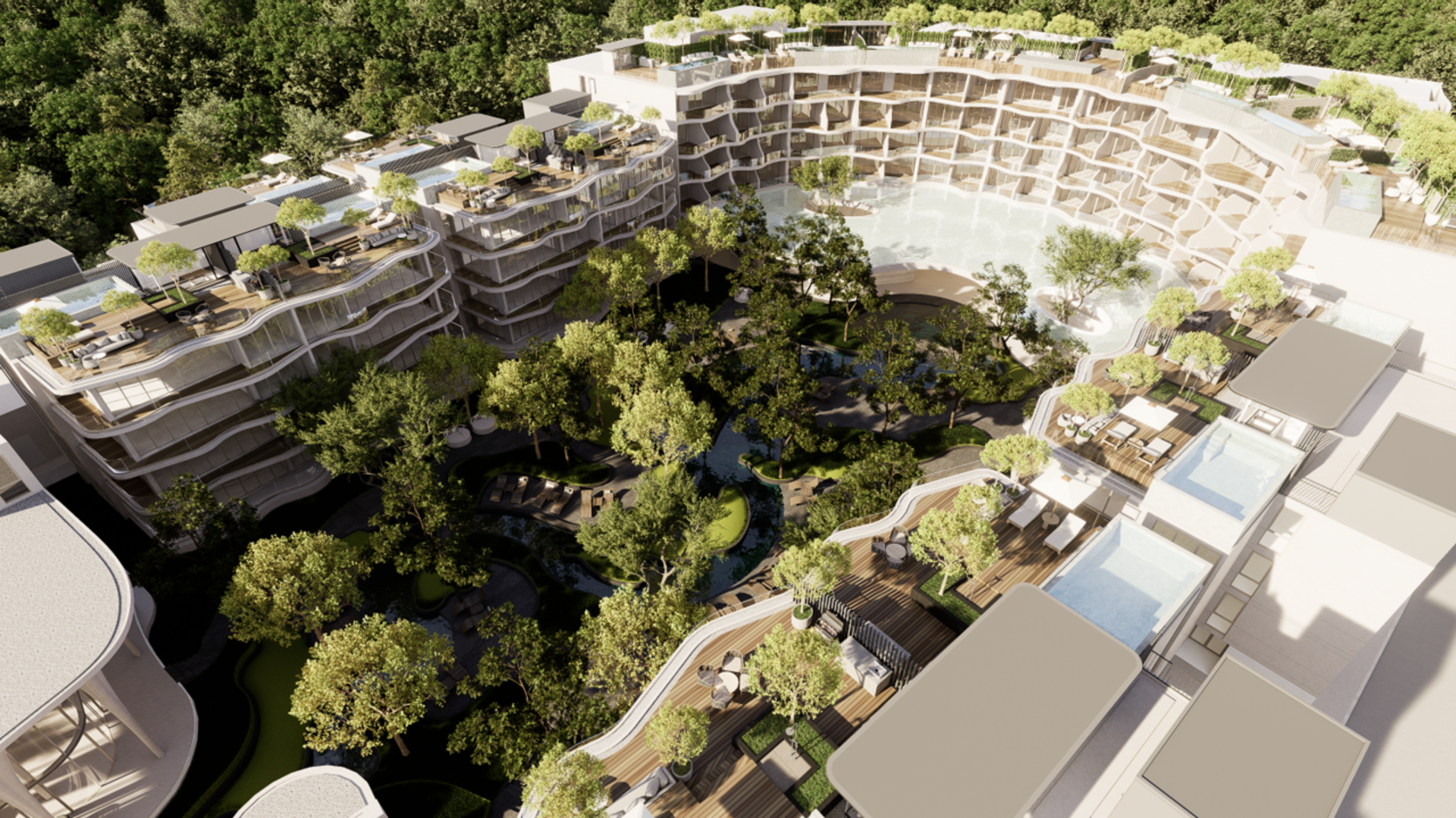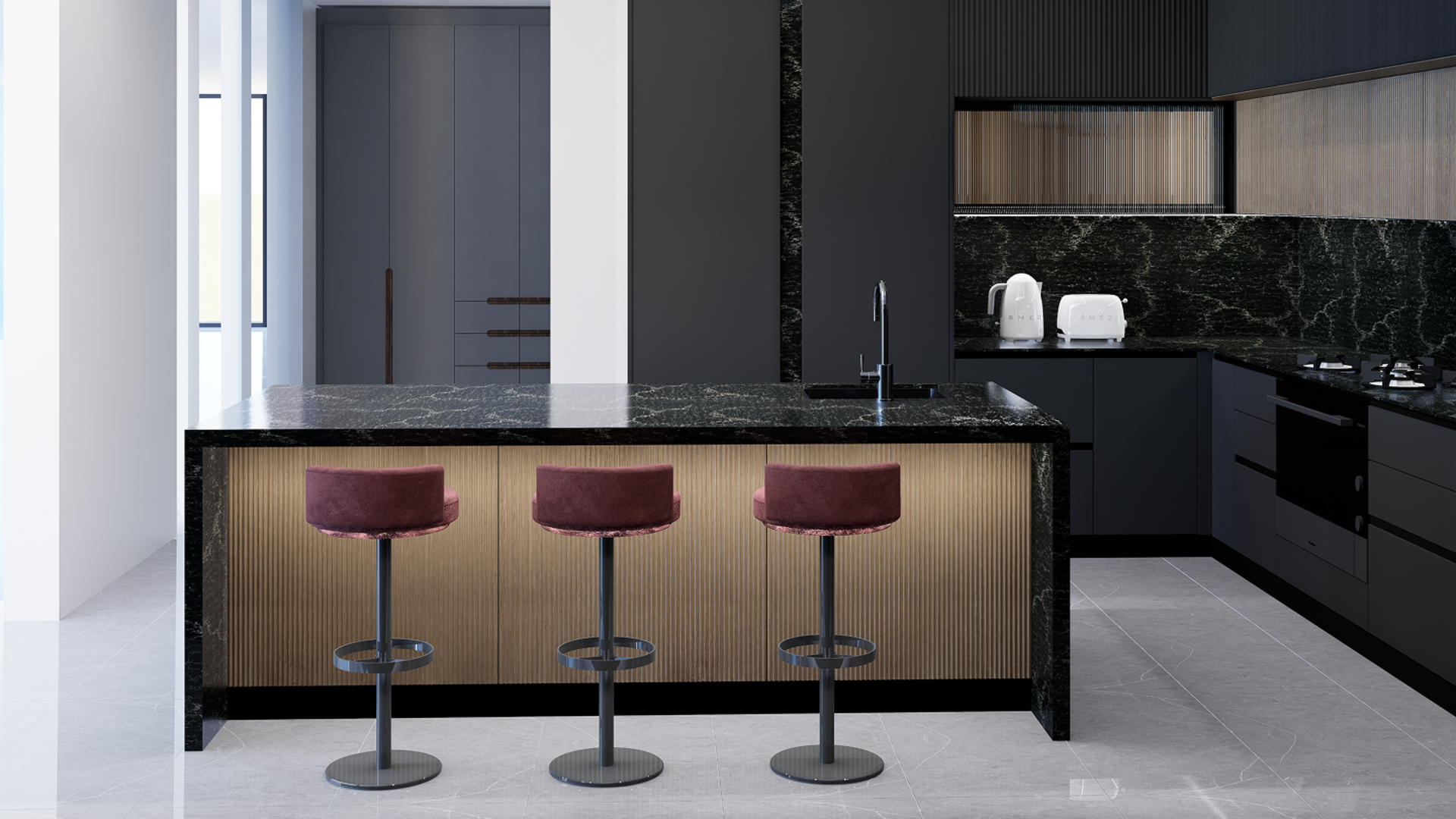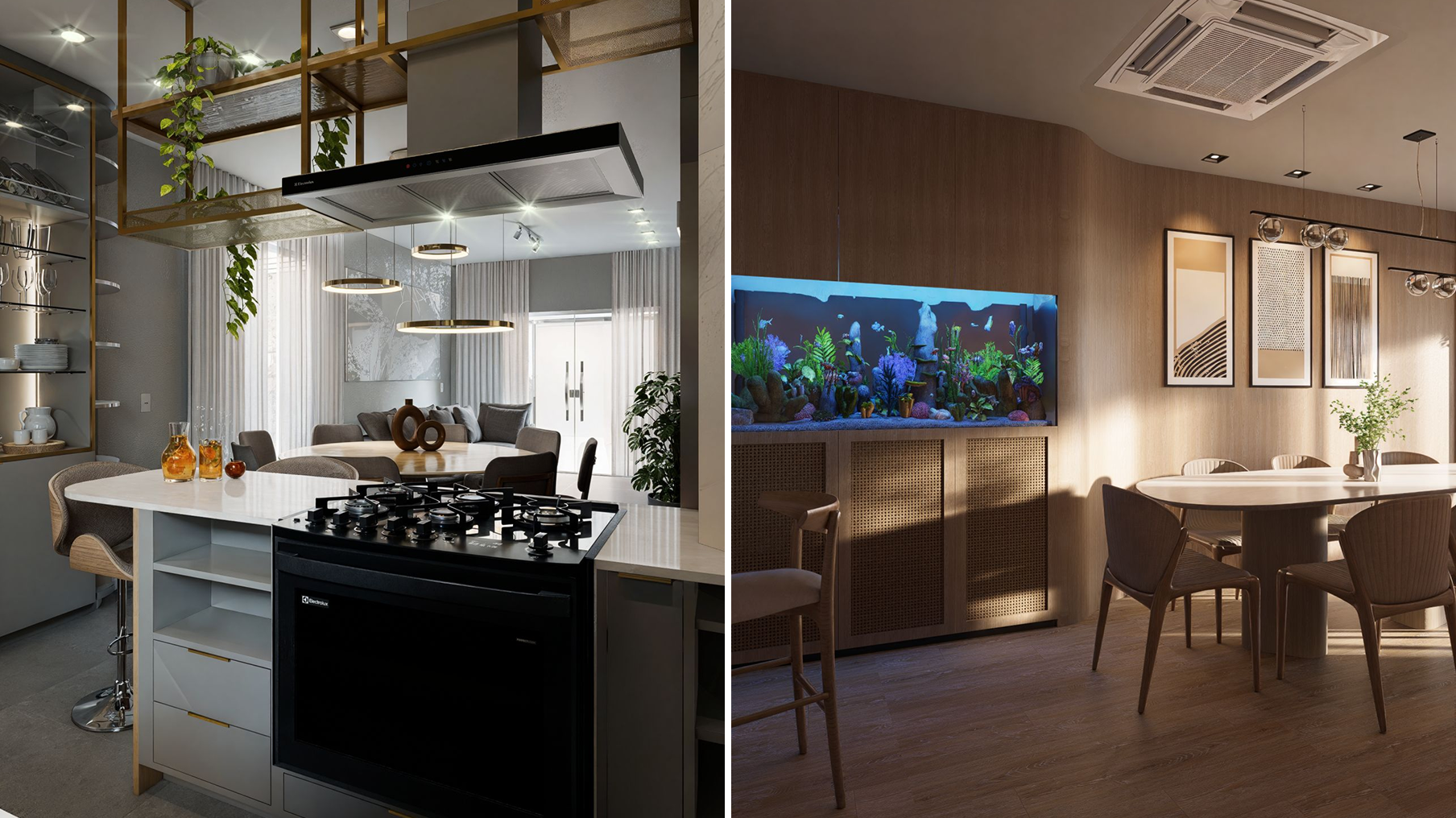Ever feel like turning your Revit architecture models into animations is way more complicated than it should be? You're not alone. The good news is that a streamlined Revit architecture workflow can transform this from a chore into a genuinely creative and rewarding process.
The secret lies in leveraging the right tools—by making D5 Render your central hub, you can create a smooth pipeline from Revit architecture models all the way to the final animation.
🚀 Key Takeaways on Creating Stunning Revit Animations
- Revit architecture models become easier to animate when you treat D5 Render as your real-time creative hub.
- Cleaning and simplifying your Revit architecture views ensures smoother D5 Render performance and faster lighting and material tweaks.
- D5 Render's AI tools upgrade Revit architecture scenes with believable lighting, rich materials, and crisp 4K post-processing.
- Leverage the powerful animation tools within D5 Render to transform Revit models into stylized, cinematic animations, perfect for compelling architectural storytelling.

1. Laying the Foundation: A Flawless Start in Revit Architecture
The first and most crucial step happens in Revit, where thoughtful Revit architecture model preparation sets the stage for everything that follows in your creative workflow with D5 Render.
- Begin by simplifying your 3D view—hide interior furniture and non-essential decor, focusing only on the core architectural geometry within your Revit architecture project. This groundwork is key to a seamless transition into D5 Render, ensuring your scene remains lightweight and responsive.
- Once your model is clean, establish a dedicated 3D view. This becomes your anchor—a consistent visual link between Revit and D5 Render.
- With D5 Sync for Revit, any updates in Revit are instantly reflected in D5 Render. This direct link allows for fast feedback and rapid iteration, saving you invaluable time.
👉 Best Rendering Software for Revit Professionals

2. Step Into D5 Render: Where Your Vision Comes Alive
① Frame Your Story with the Camera
Start by framing your story. In D5 Render, set your camera first—whether it's a vertical 3:4 for social media or a cinematic 16:9 aspect ratio—to set the stage for what's to come. A field of view set between 40 and 45 degrees typically delivers a clean, authentic architectural perspective that works beautifully for Revit architecture exteriors and interiors alike.
② Craft the Atmosphere with Light
Then, let's talk atmosphere. Dial in the perfect lighting—an overcast day for subtle shadows or a warm golden hour glow to accentuate textures. In this Revit architecture project, we balanced the interior and exterior lighting by placing spot, point, and rectangle lights at around 3000K to gently highlight stone and wood surfaces.

Beyond basic settings, test-drive D5 Render's powerful Smart Lighting System, or experiment with its AI Atmosphere Match feature—to replicate lighting, weather, and other environmental conditions from your uploaded image in seconds, making your Revit architecture scenes feel context-aware and site-specific.

③ Master Materials Realism
When it comes to materials, D5 Render's extensive library gets you about 80% of the way there in no time. For those hero surfaces—think stone walls or detailed pavers—don't forget to enable displacement. Even better—let D5 Render's integrated AI-generated Material Texture Maps tool automatically generate the supporting maps for you. It's a realism upgrade with barely any setup and gives your Revit architecture model a tactile, believable feel.
One pro tip: Avoid a pure-black map—opt for a deep charcoal instead to maintain natural-looking reflections.

④ Stay Organized and Polish Your Work in D5 Render
Staying organized is key to a smooth creative workflow.
Set up dedicated layers for surroundings, vegetation, and character elements. This simple habit makes it effortless to toggle heavier assets on and off, keeping your scene agile and your renders fast—especially when you're handling large Revit architecture models with complex site and building components.
Remember, with landscaping, less can be more. A few thoughtfully placed plant clusters and some scattered grass can build immersion without cluttering the scene, letting the clarity of your Revit architecture massing and façade design remain the star.

⑤ Final Polish: Powerful AI Post-Processing Inside D5 Render
Finally, render your stills in crisp 4K—perfect for any post-production tweaks.
No need to rush out of D5 Render. You can accomplish a lot of post-work within D5—like adjust image clarity and refine rendering style.
D5's AI Style Transfer tool lets you experiment with different artistic styles in seconds. The AI Enhancer boosts clarity and sharpness, upgrading your image to 6K resolution, while the integrated AI Inpainting allows you to clean up or modify specific areas while preserving your architectural intent.
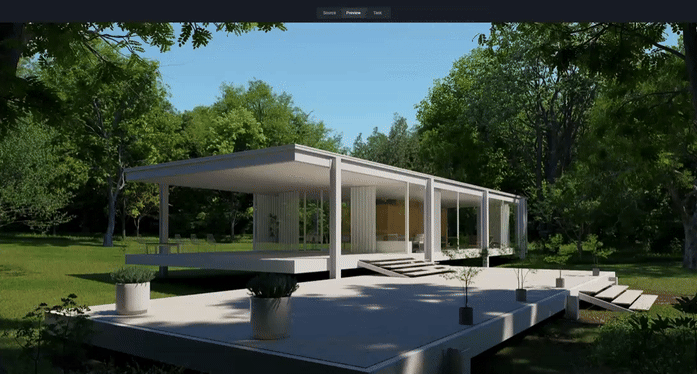
This easy, all-in-one, AI-powered creative workflow in D5 Render not only saves time but also delivers stunning, professional-grade results—turning your Revit architecture models into compelling visual stories.

3. From Static to Story: Animating Revit Architecture with D5 Render
By this point, you've rendered a set of polished stills of your Revit architecture model in D5 Render—but your creative workflow doesn't have to stop there. The next step is to transform your scene into animation.
With D5 Render's animation toolset, it's straightforward to craft smooth motion from your scene: refine the camera path, sequence movements by phase, or explore the Phasing Animation feature to reveal stages over time. Whether you're building a fly-through, a walk-through, or a simple camera zoom, these controls bring your design to life while staying true to your design intent.

Together, D5 Render and Revit create a practical, end-to-end creative workflow that maintains momentum and adds meaningful production value, and helps you tell richer visual stories with your architecture projects.
Conclusion: Unlock Your Revit Architecture Workflow🎇
Turning your detailed Revit architecture models into stunning animations isn't just possible—it's a creative and efficient process with D5 Render. By following this workflow, you can bring your designs to life and tell compelling visual stories.
Jump into D5 Render! Try these steps with your next Revit architecture project, and unlock a whole new level of creativity.

Continue Reading to Learn More About Animation Rendering
The Best Free Animation Software
220+ new animated plant models in D5 Asset Library
How To Make an Interior Phasing Animation
Full guide on how to make cinematic animation in D5 Render
The Easiest Way to Create Stunning Phasing Animations
Work & Life made easy with D5 Render animation
FAQ: Finding a Better Revit Architecture → Animation Workflow
Q. What's the easiest way to turn a Revit architecture model into a quick animation without learning complex software?
If you want animation from a Revit architecture model without diving into VFX tools, a real-time renderer like D5 Render is a strong option. You keep modeling in Revit, then send a clean 3D view into D5. There, you set camera paths, lighting and materials in a visual interface and export fly-throughs or walk-throughs with very little technical setup.
Q. How can I build a faster, more creative Revit visualization workflow for client presentations?
A practical approach is to keep Revit focused on clean geometry and let a real-time engine handle mood, storytelling and animation. D5 Render works well as that "creative hub"—live sync with Revit, quick lighting and material tools, and built-in AI Post-Processing. This way you iterate visually, get feedback fast and still stay faithful to your Revit architecture design intent.
Q. Which real-time renderer works best with Revit if I care about both speed and image quality?
For architects who want speed, quality and a gentle learning curve, D5 Render is worth considering. It offers a Revit plugin for direct sync, GPU-accelerated real-time viewport, physically based materials and one-click 4K output. You can frame views, test lighting and export animations in the same environment, which is efficient for everyday Revit architecture workflows and tight deadlines.
Q. How can I quickly improve lighting and atmosphere for a Revit architecture scene?
Instead of manually tweaking every light in Revit, send a simplified model into a renderer focused on lighting tools. In D5 Render, you can combine physical sun/sky, HDRI and artificial lights, then use features like Smart Lighting or AI Atmosphere Match to align weather, time of day and mood with a reference image, giving your Revit architecture scenes more believable context.
Q. How can I manage heavy Revit architecture scenes but still get polished visuals for reviews and marketing?
Start by simplifying your Revit views: hide non-essential furniture and details. Then rely on a renderer like D5 Render for storytelling elements—vegetation, people, entourage—organized in layers. You can toggle dense assets on or off, keep the scene responsive, yet still output clean 4K stills and animations. This keeps your production light while preserving the clarity of your design.
Q. Is there an easy way to turn still images from my Revit project into more stylized or cinematic animations?
Yes. For smoother motion, render keyframes from Revit into D5 Render. Easily refine camera paths, sequence movements by phase, or use the Phasing Animation feature to reveal stages. This workflow brings designs to life while preserving your intent.


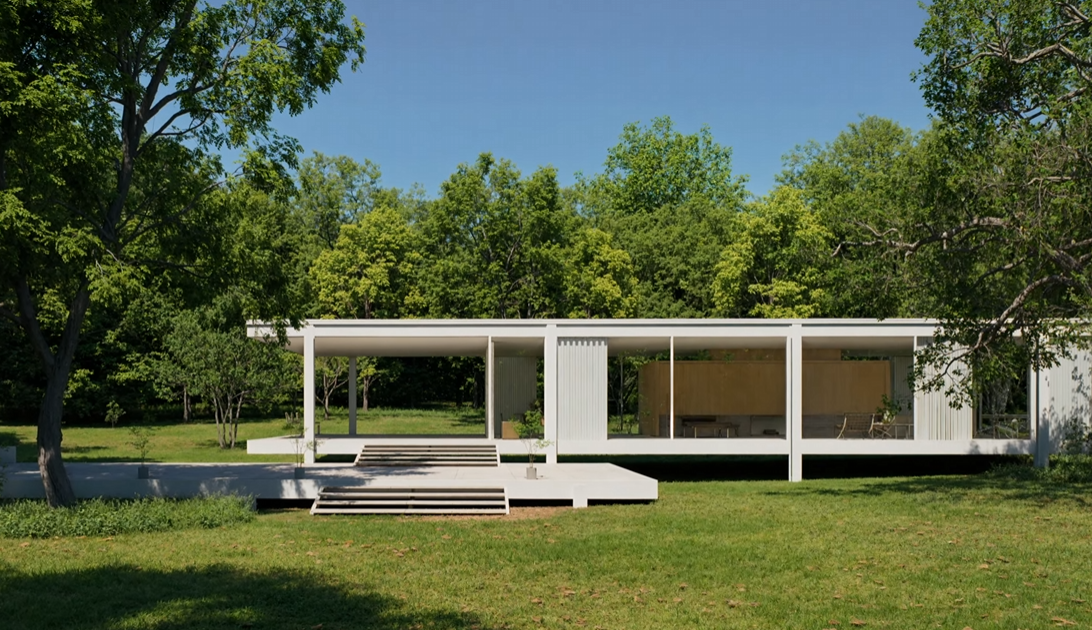


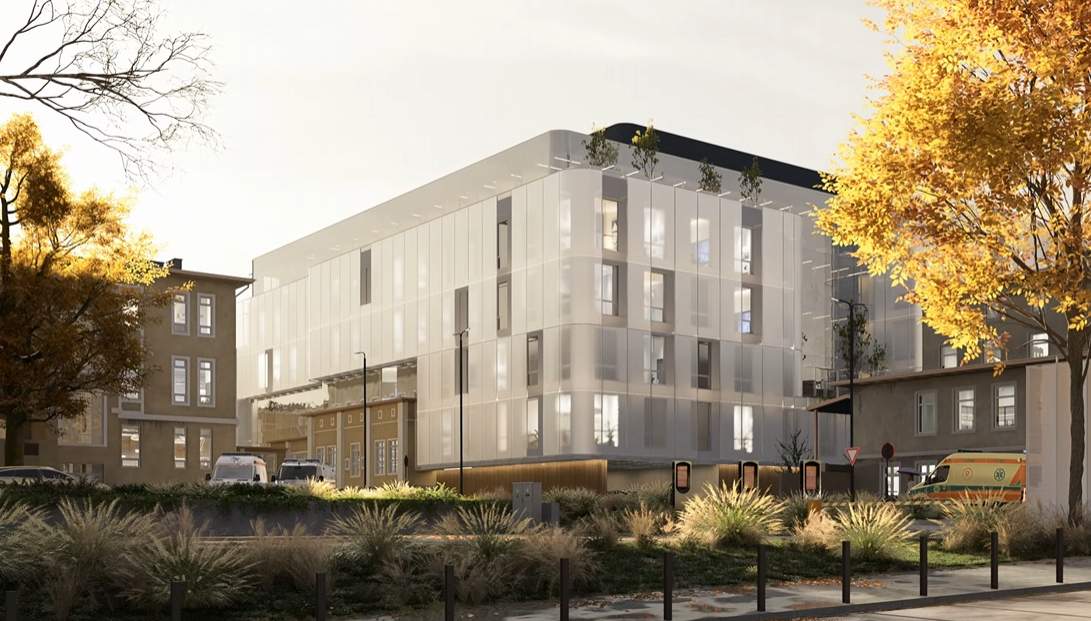

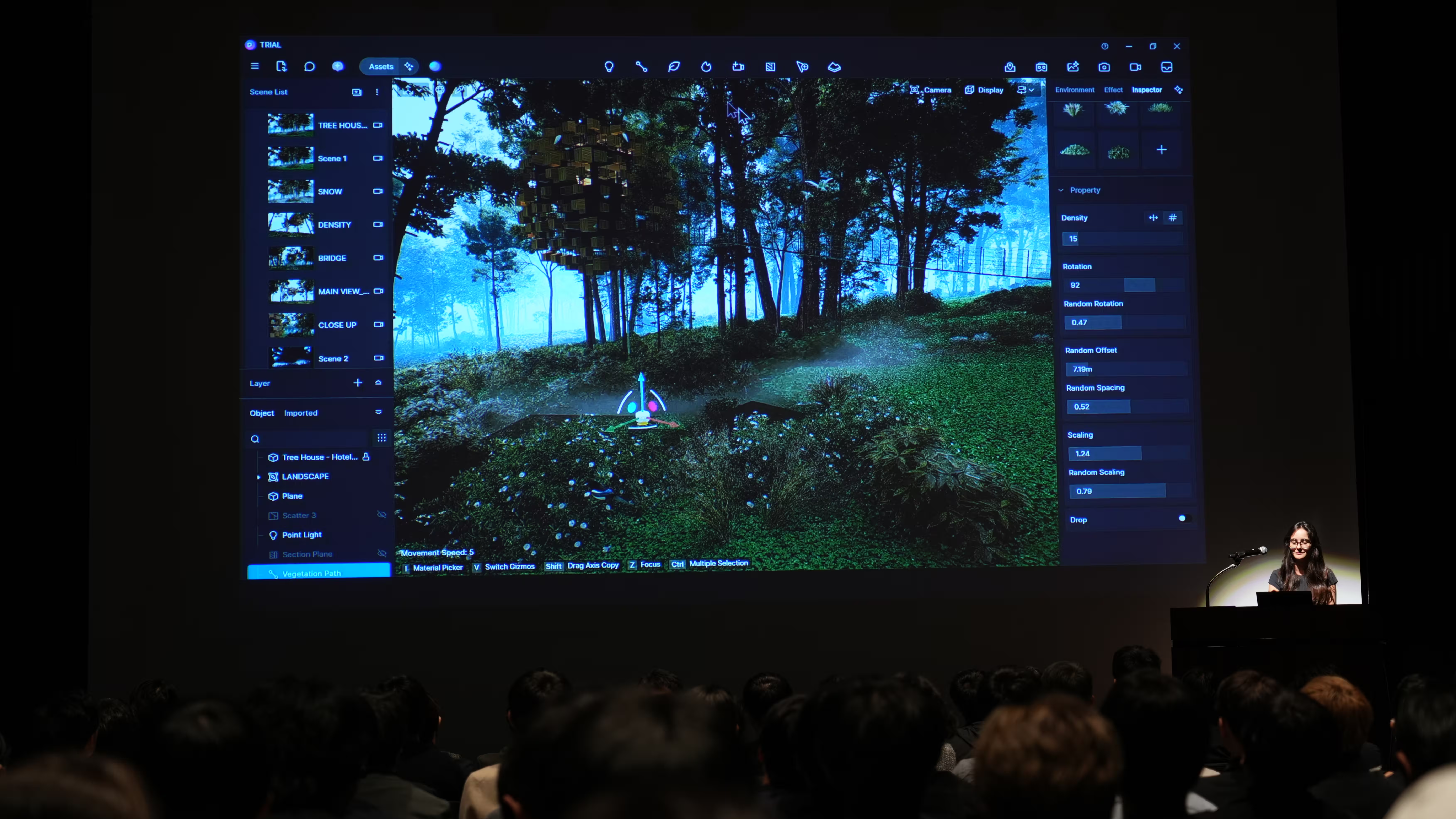
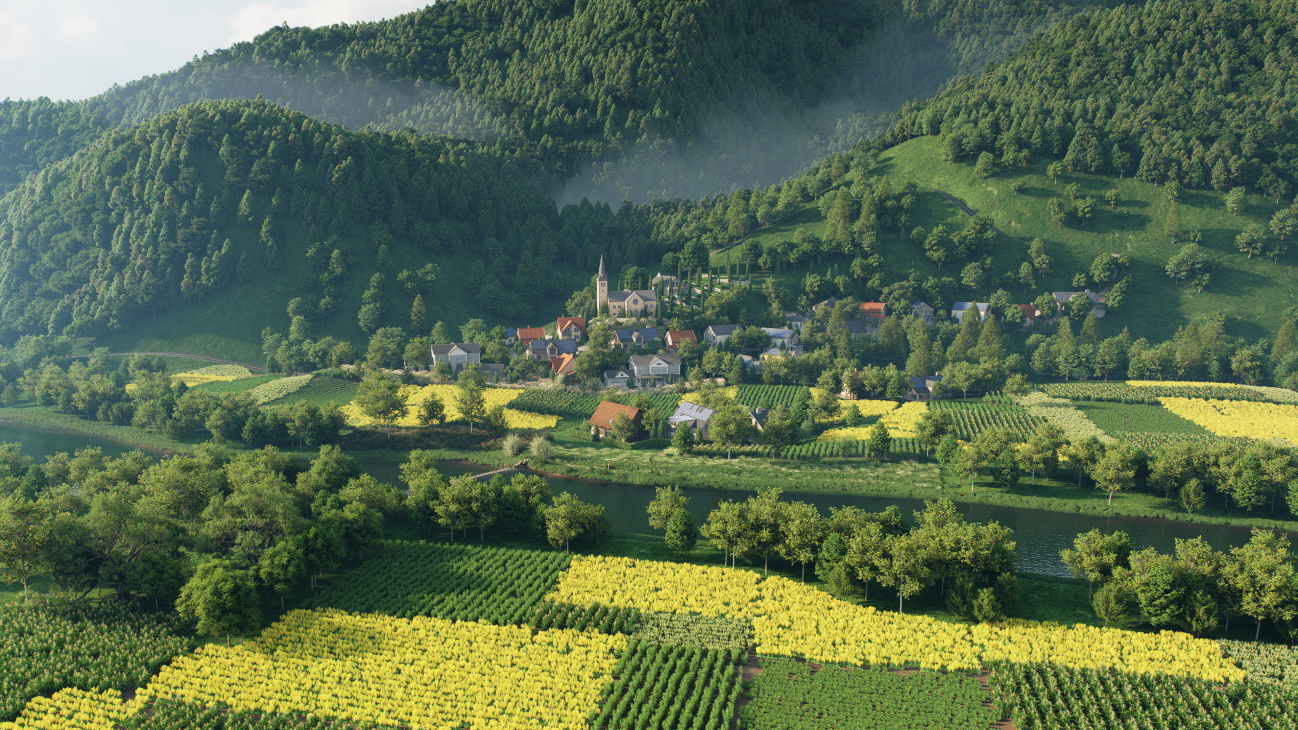
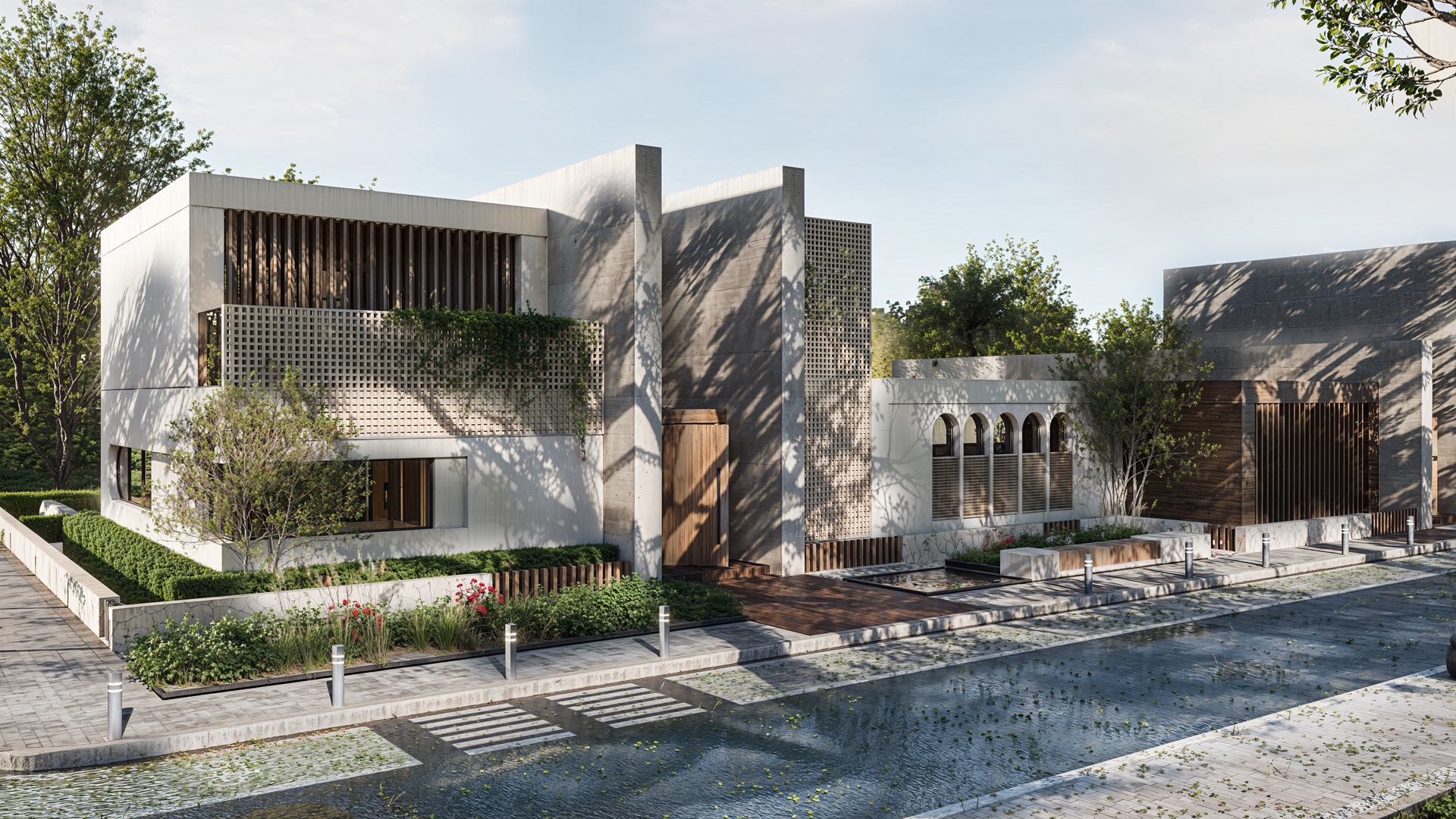
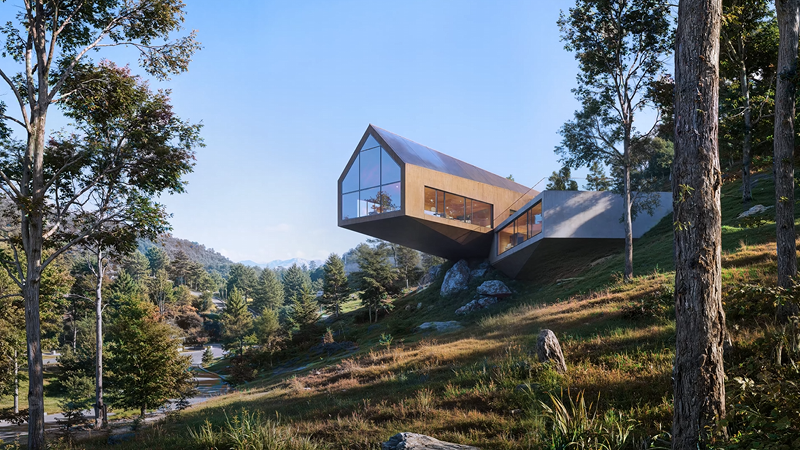
%20(1).png)
.png)

.png)

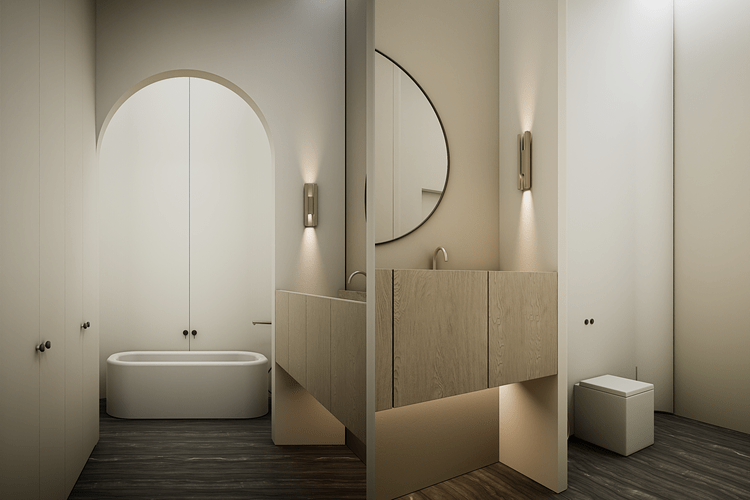
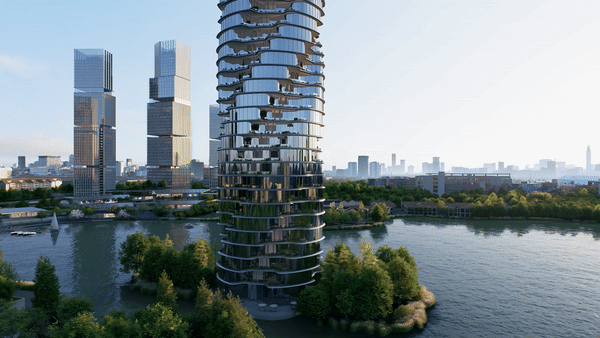
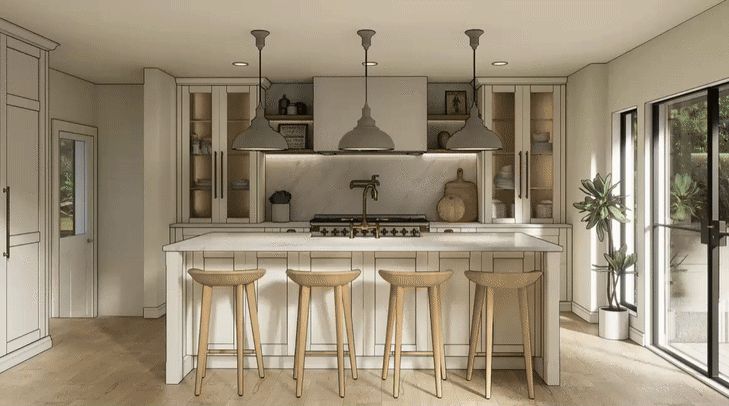
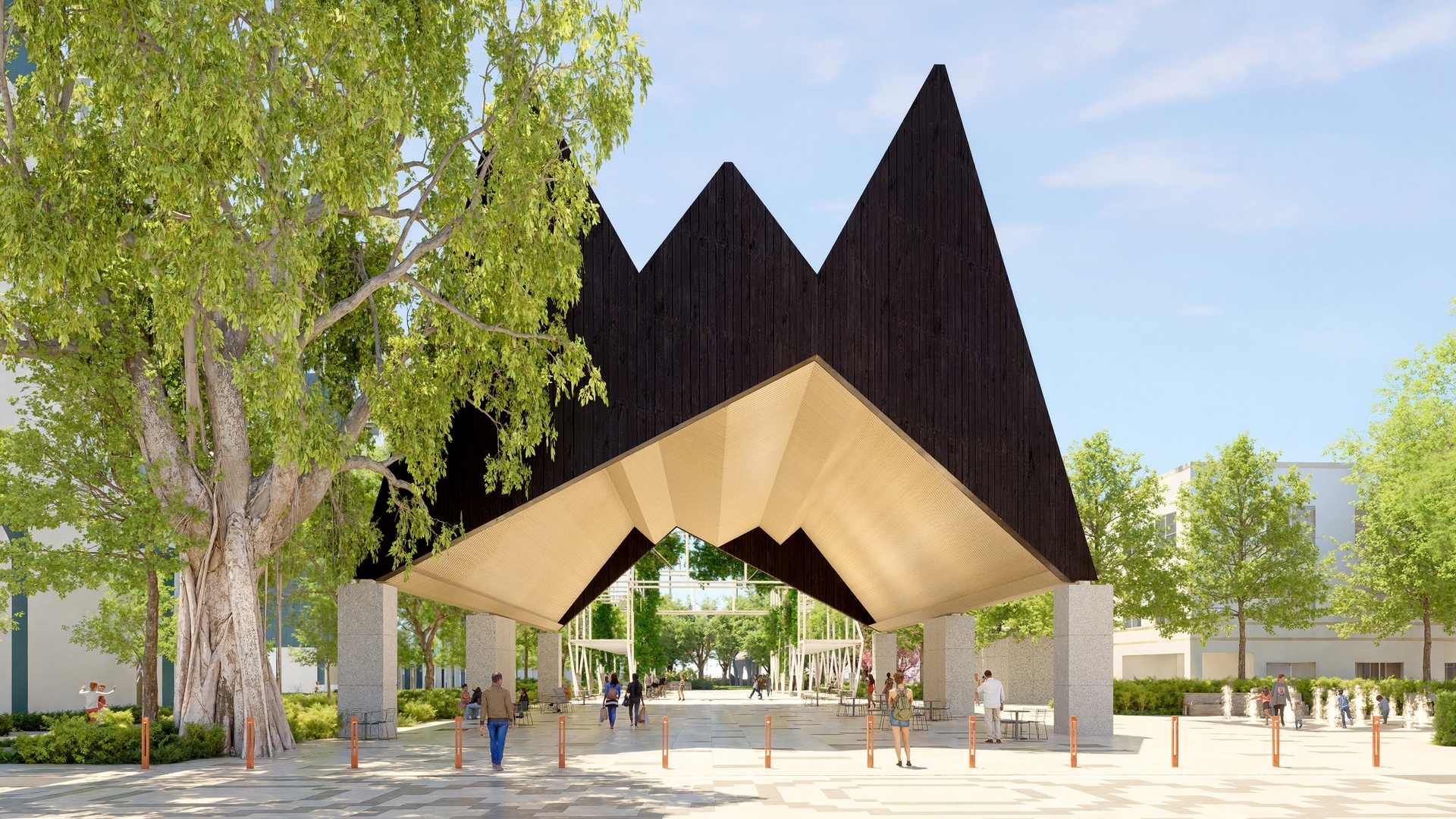

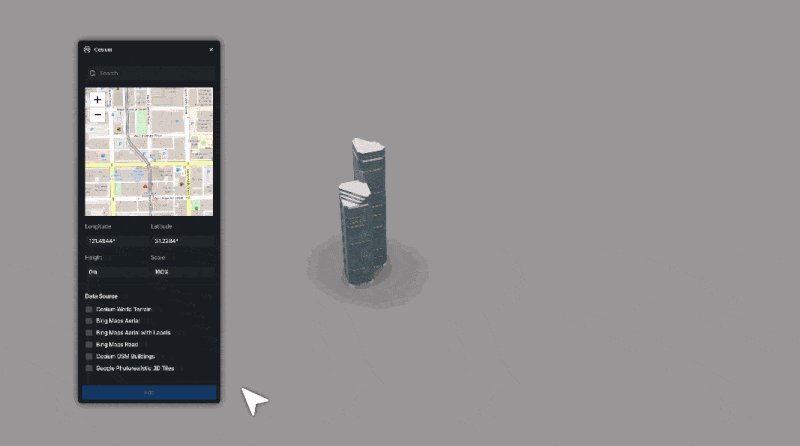
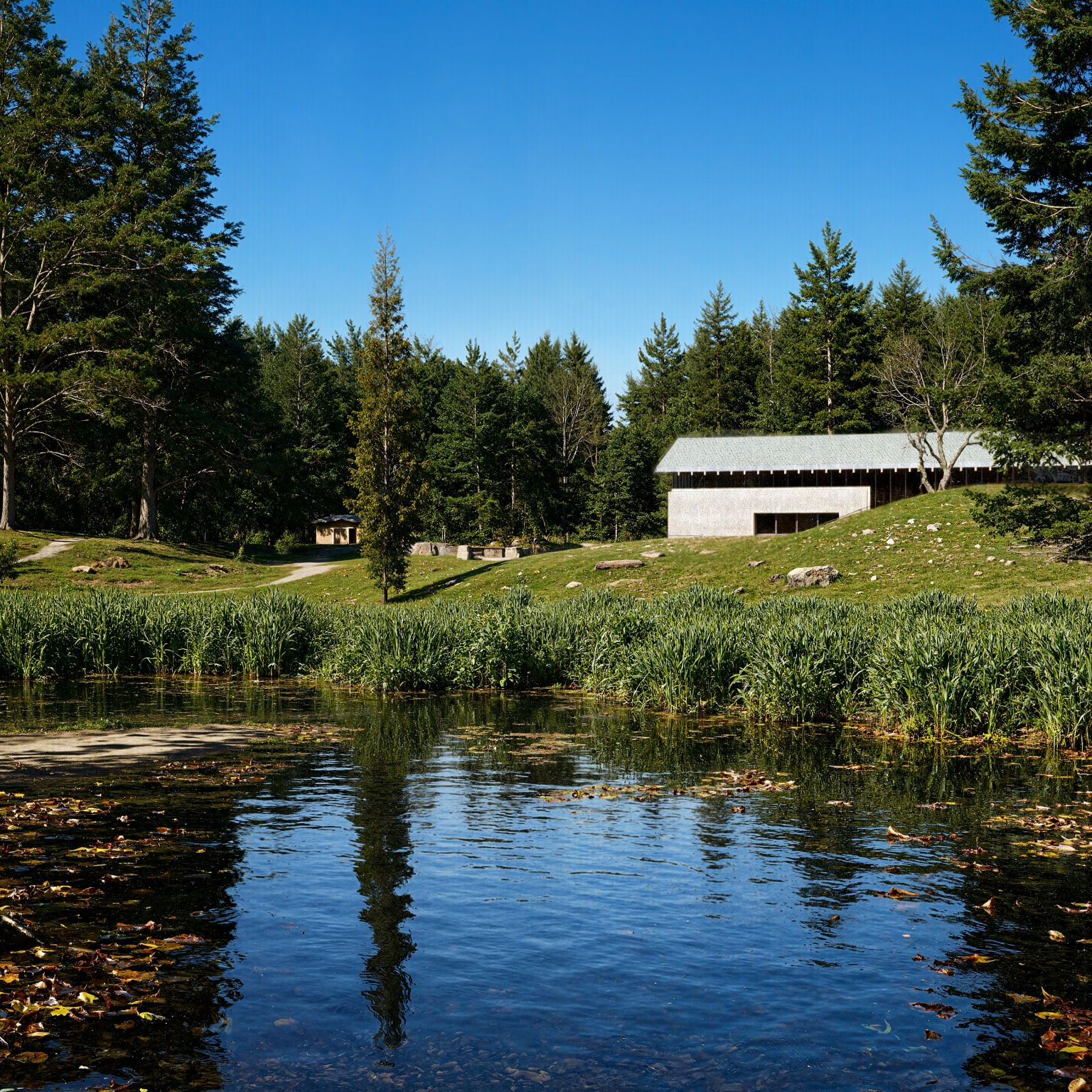

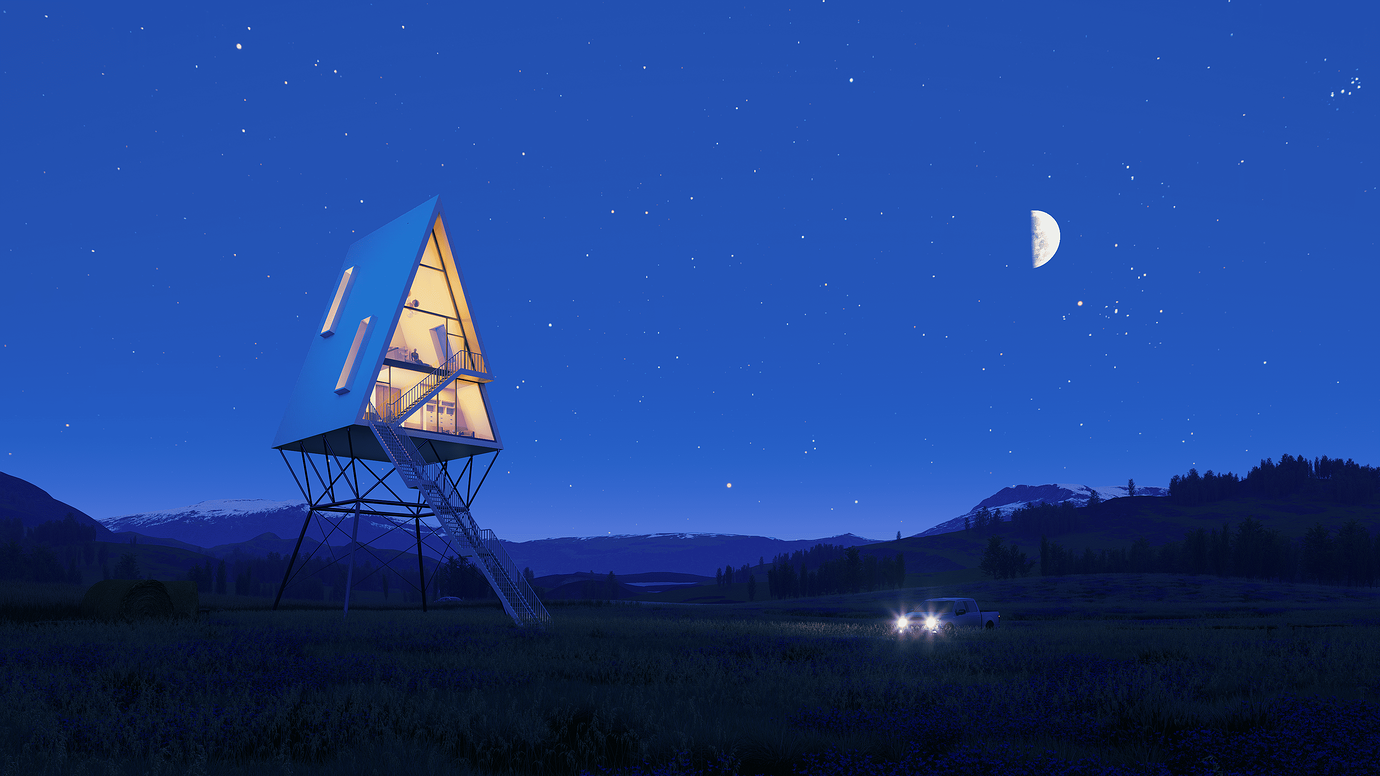
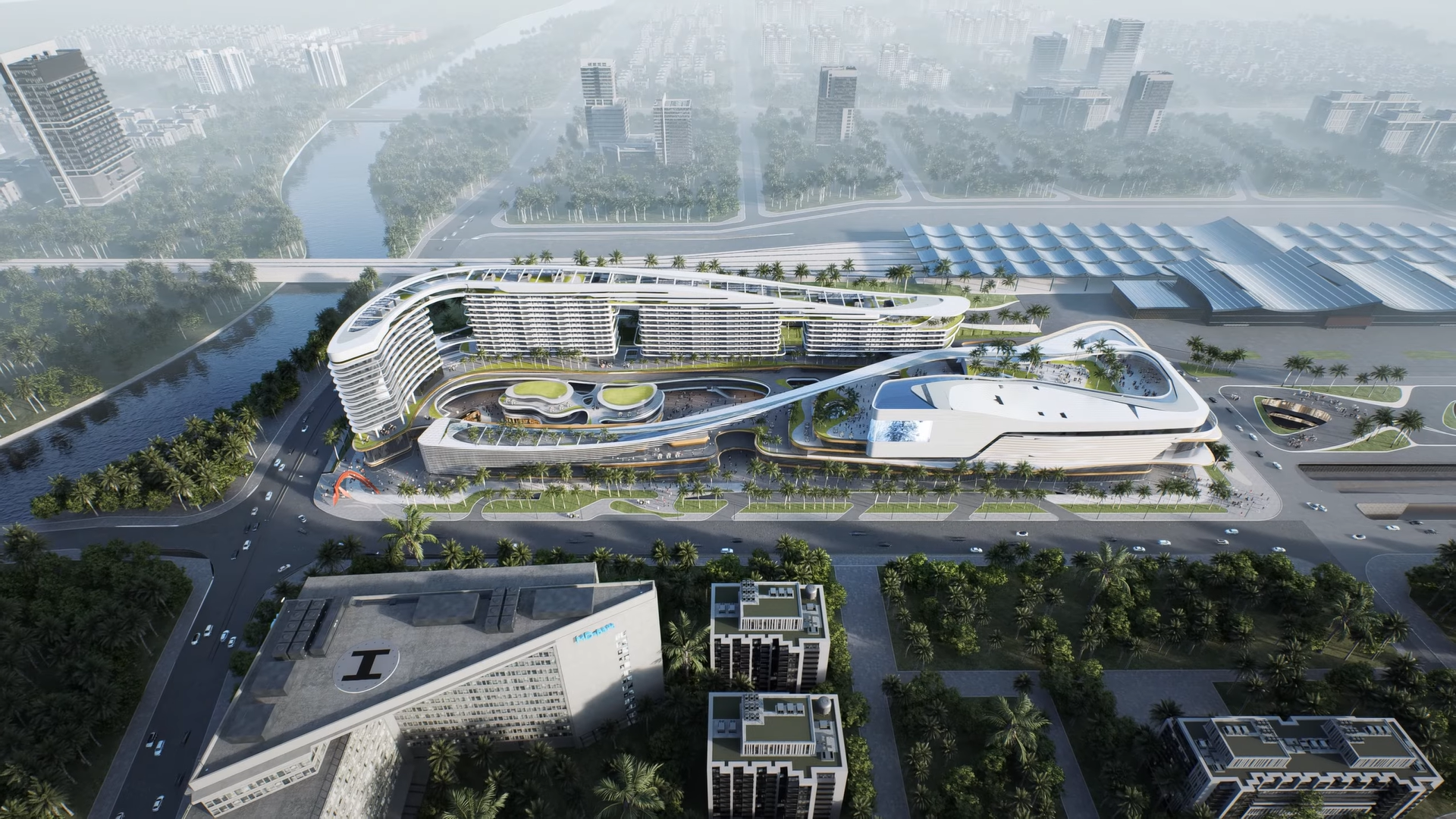
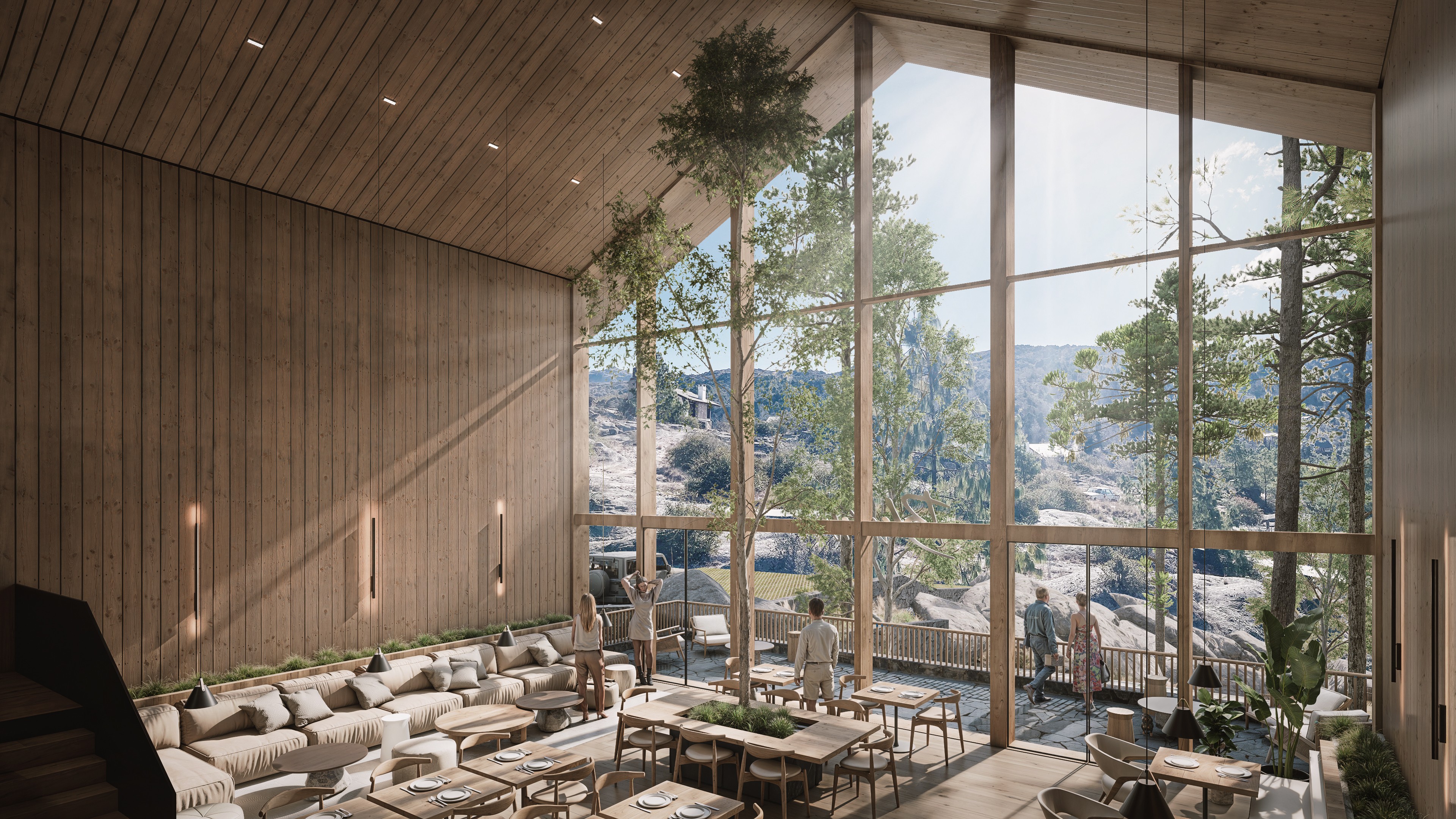
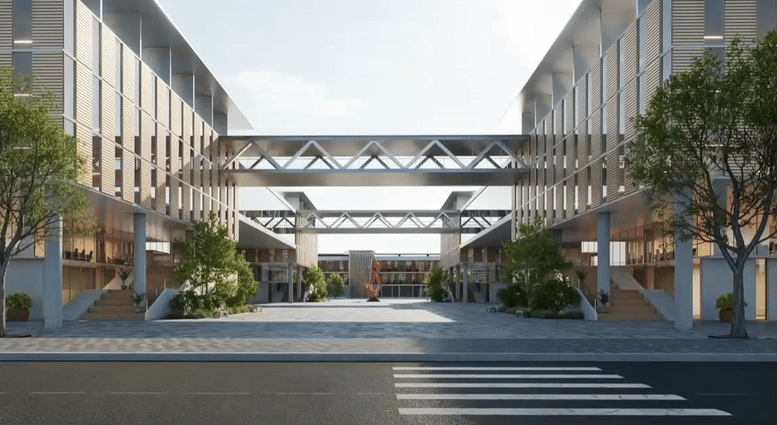





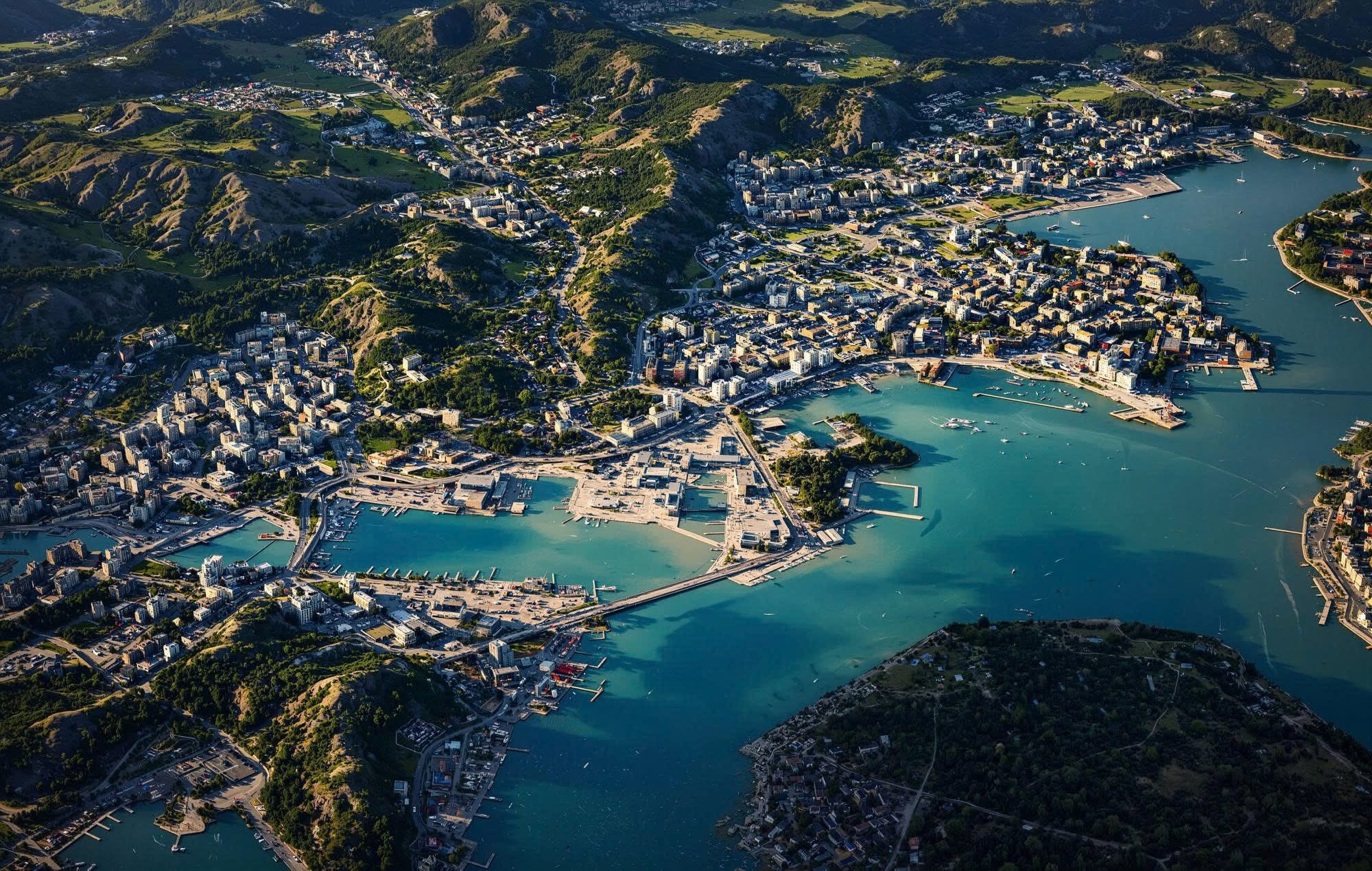
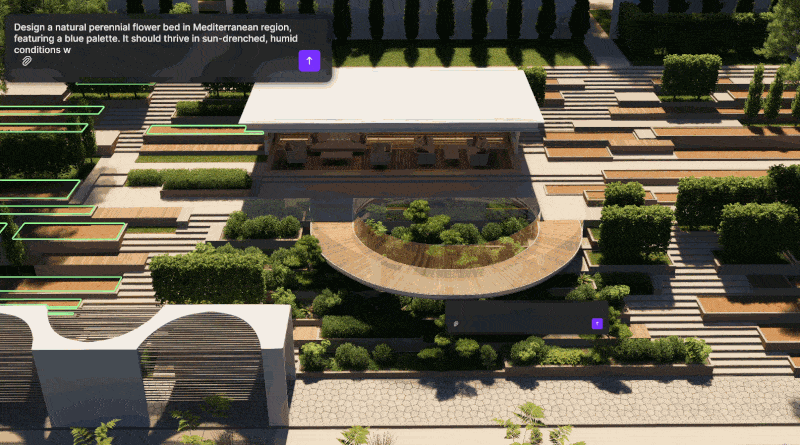
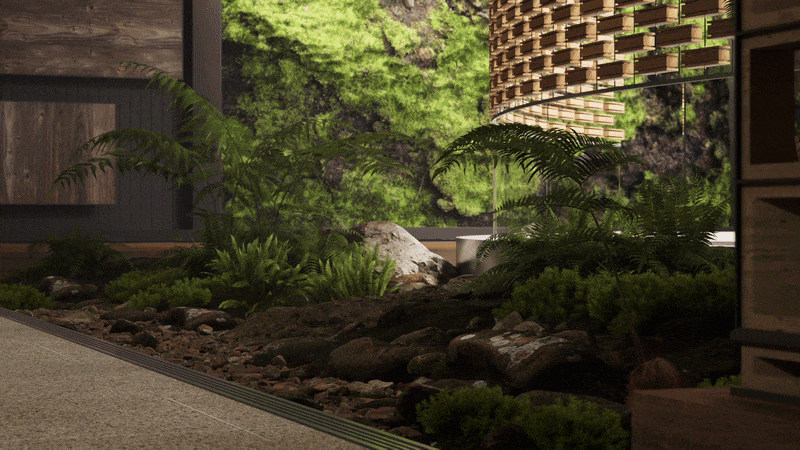

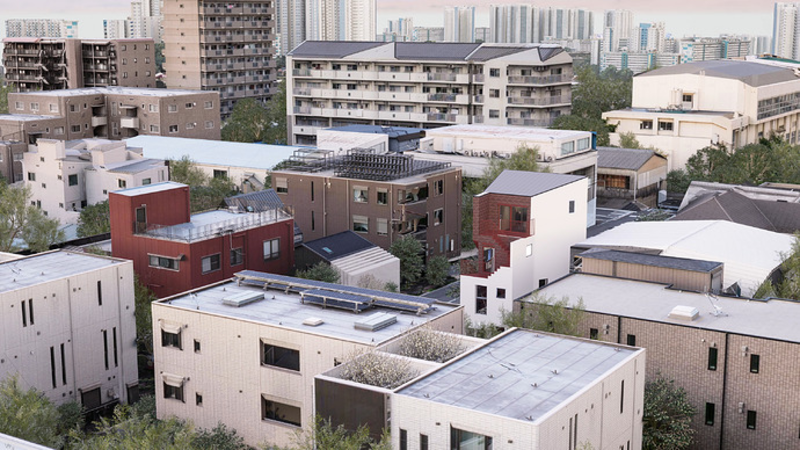
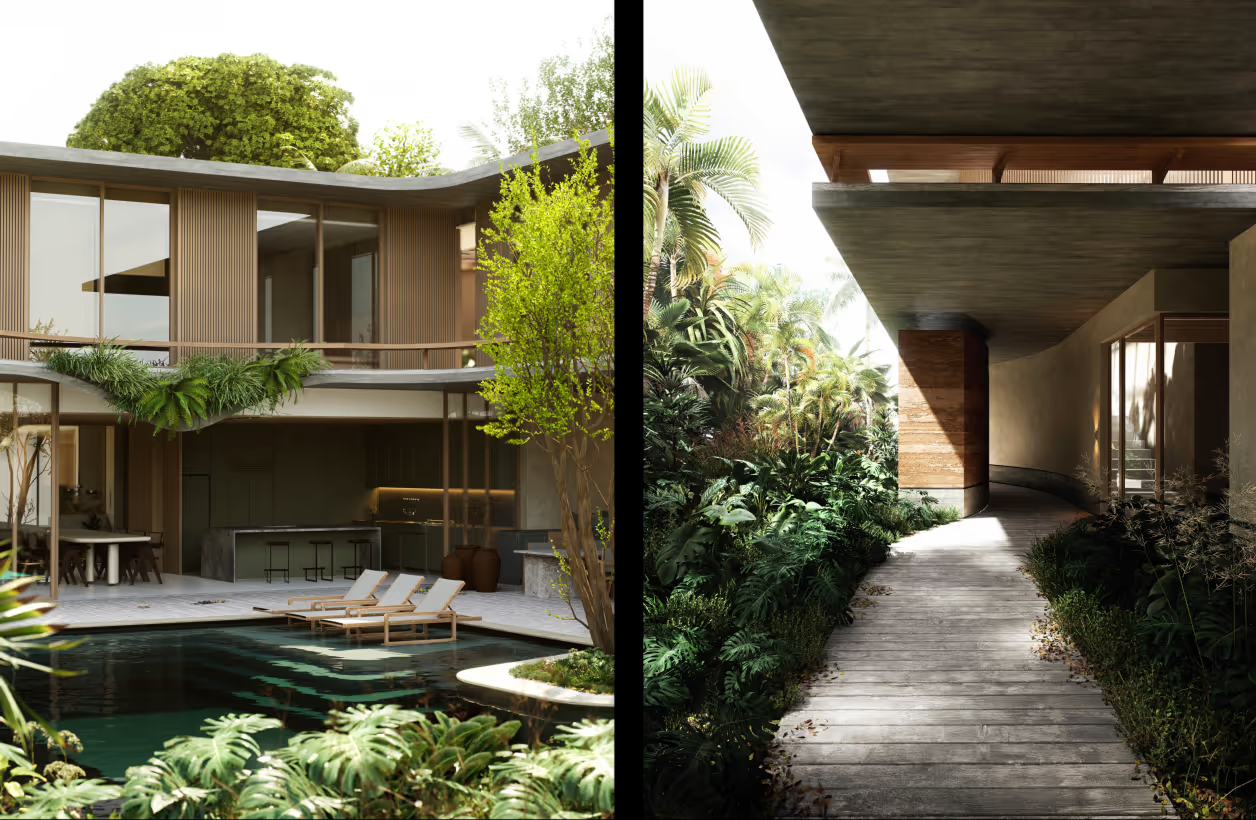

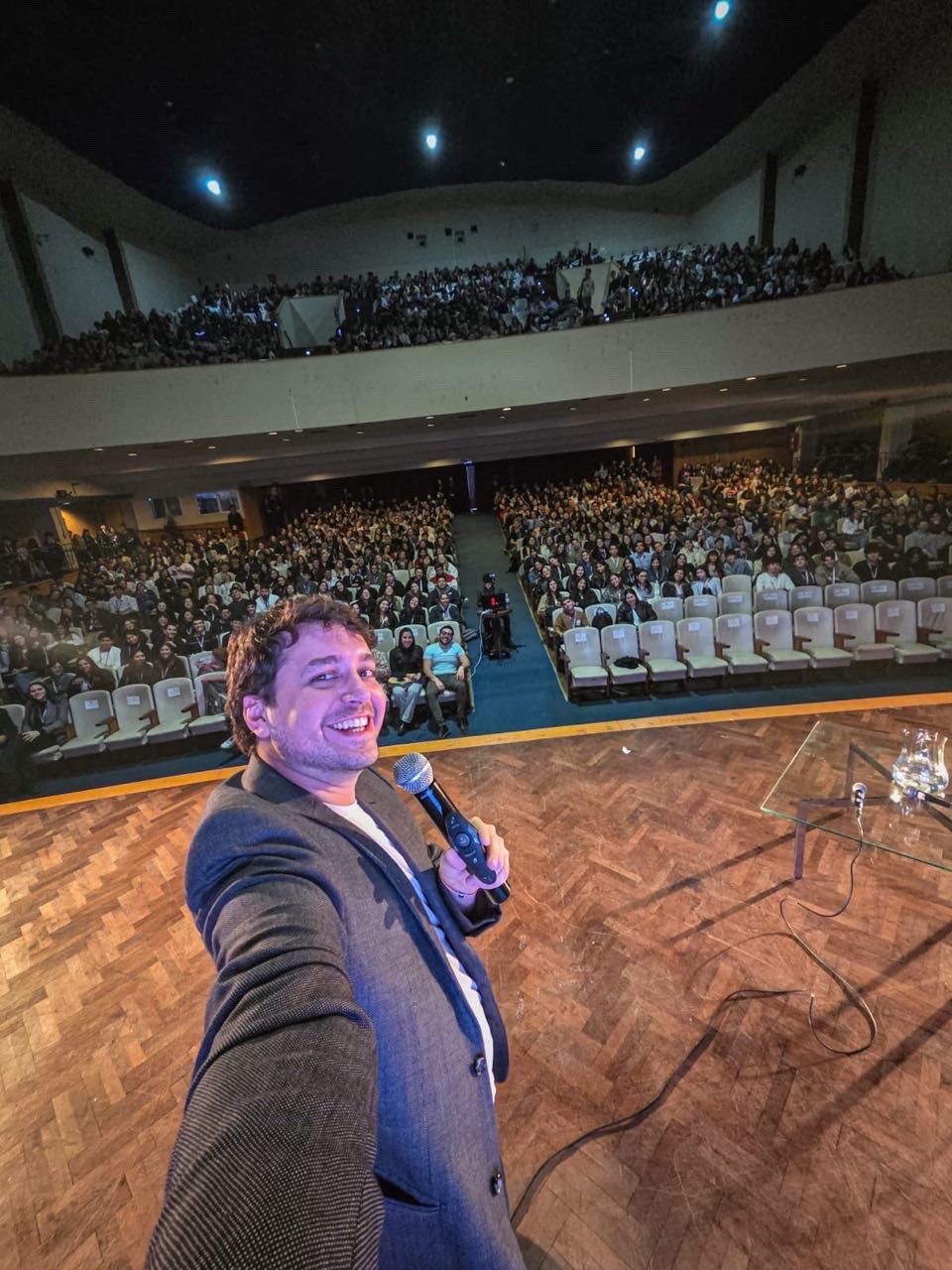
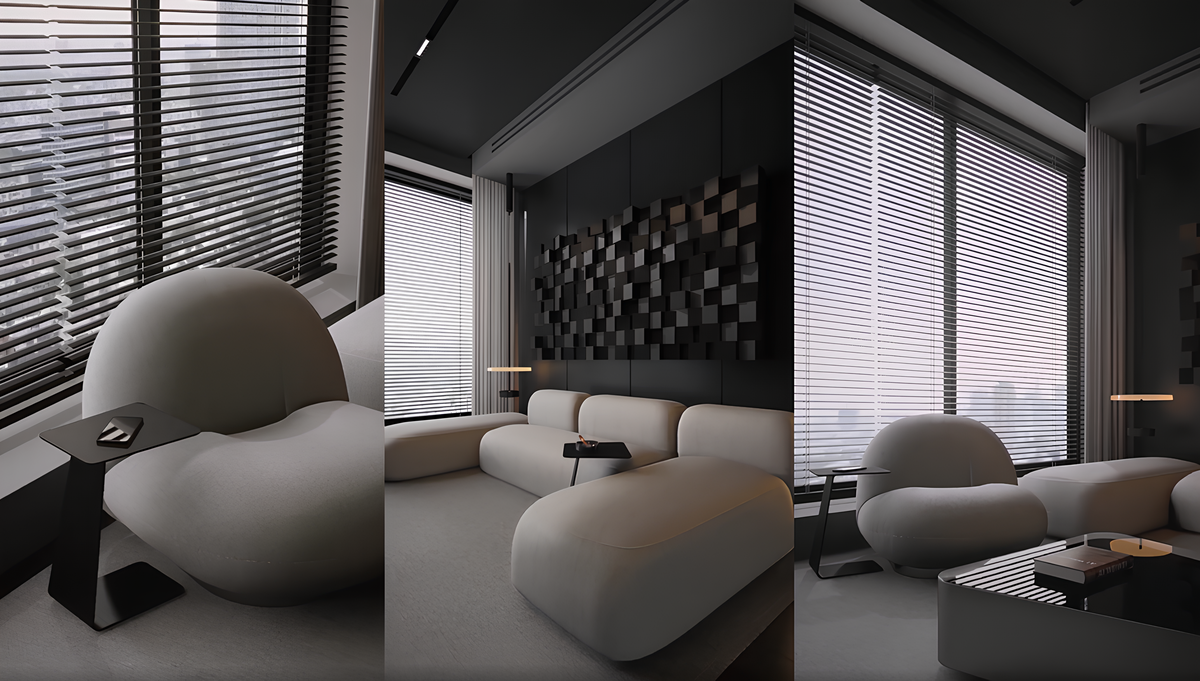
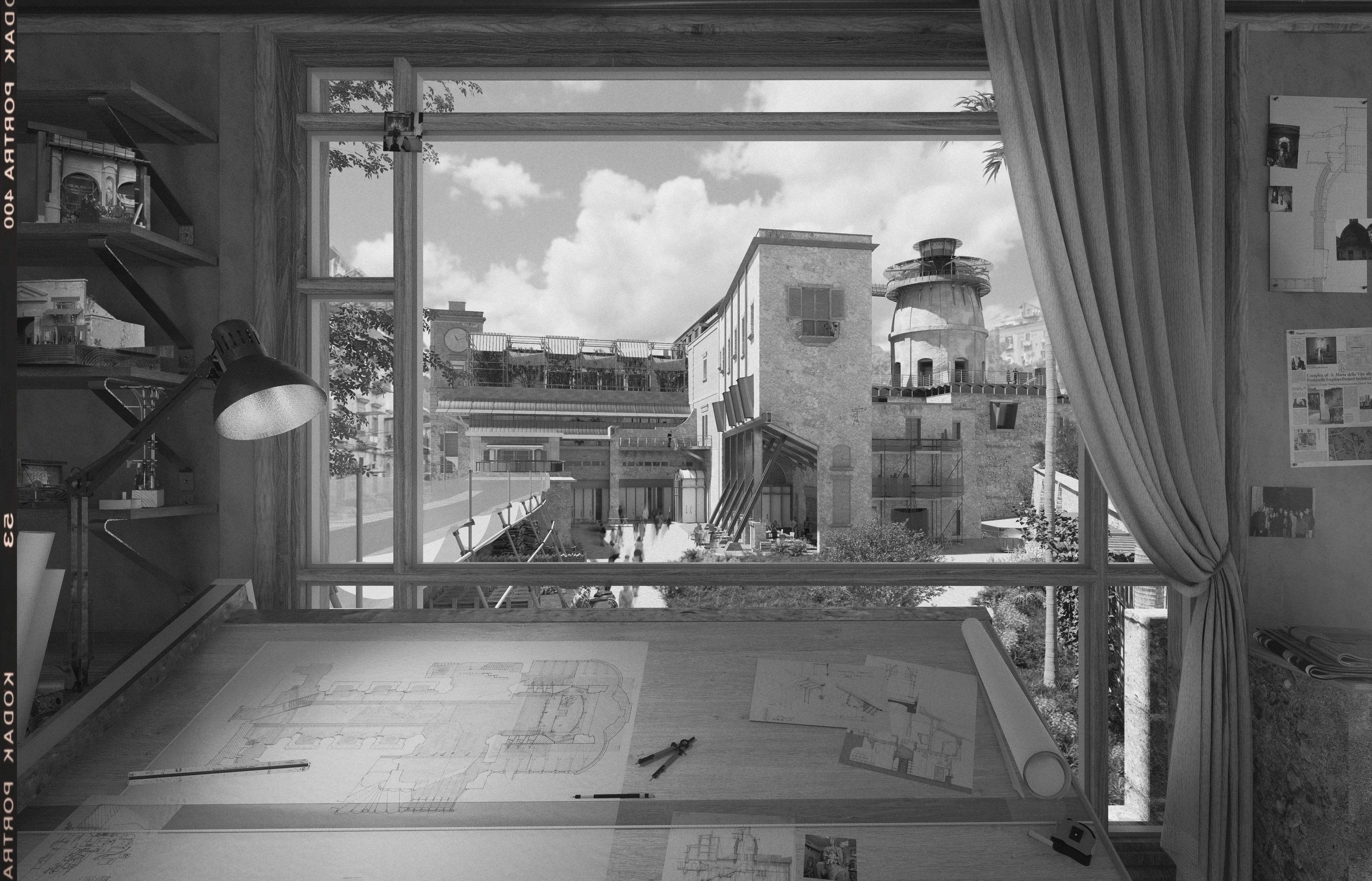

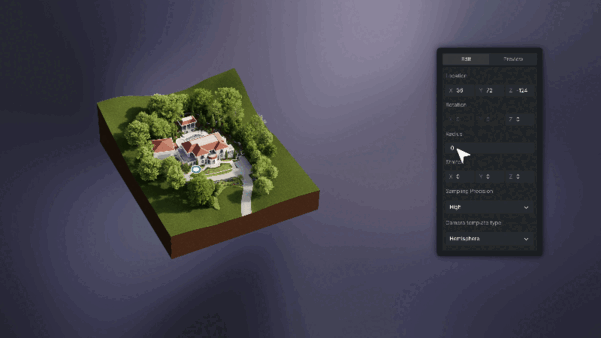
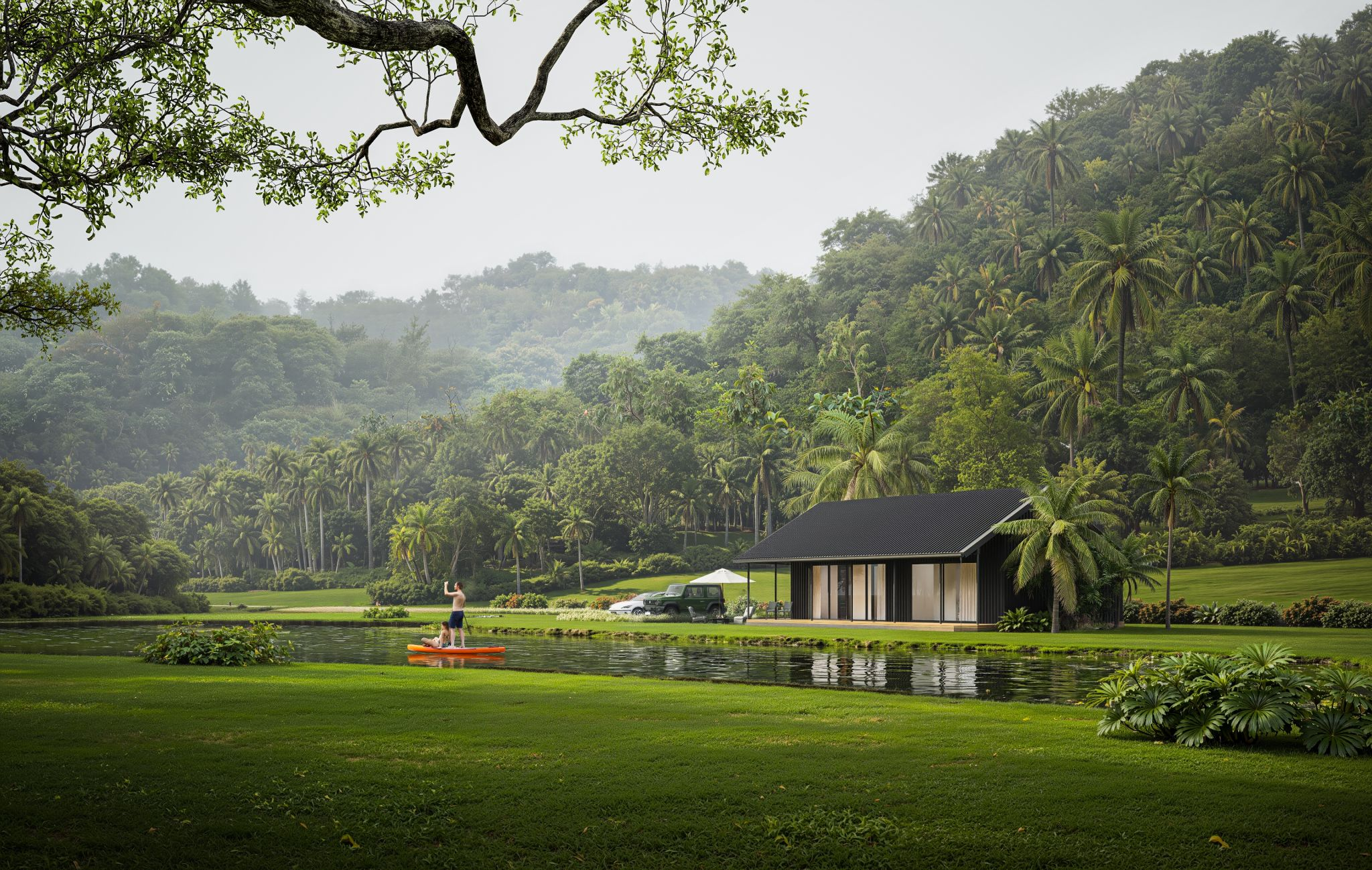
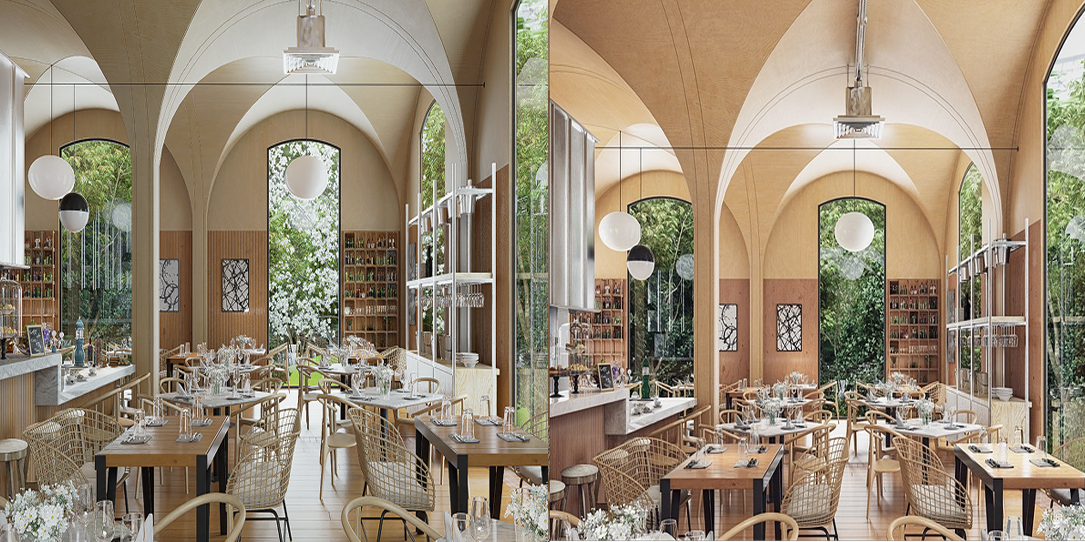
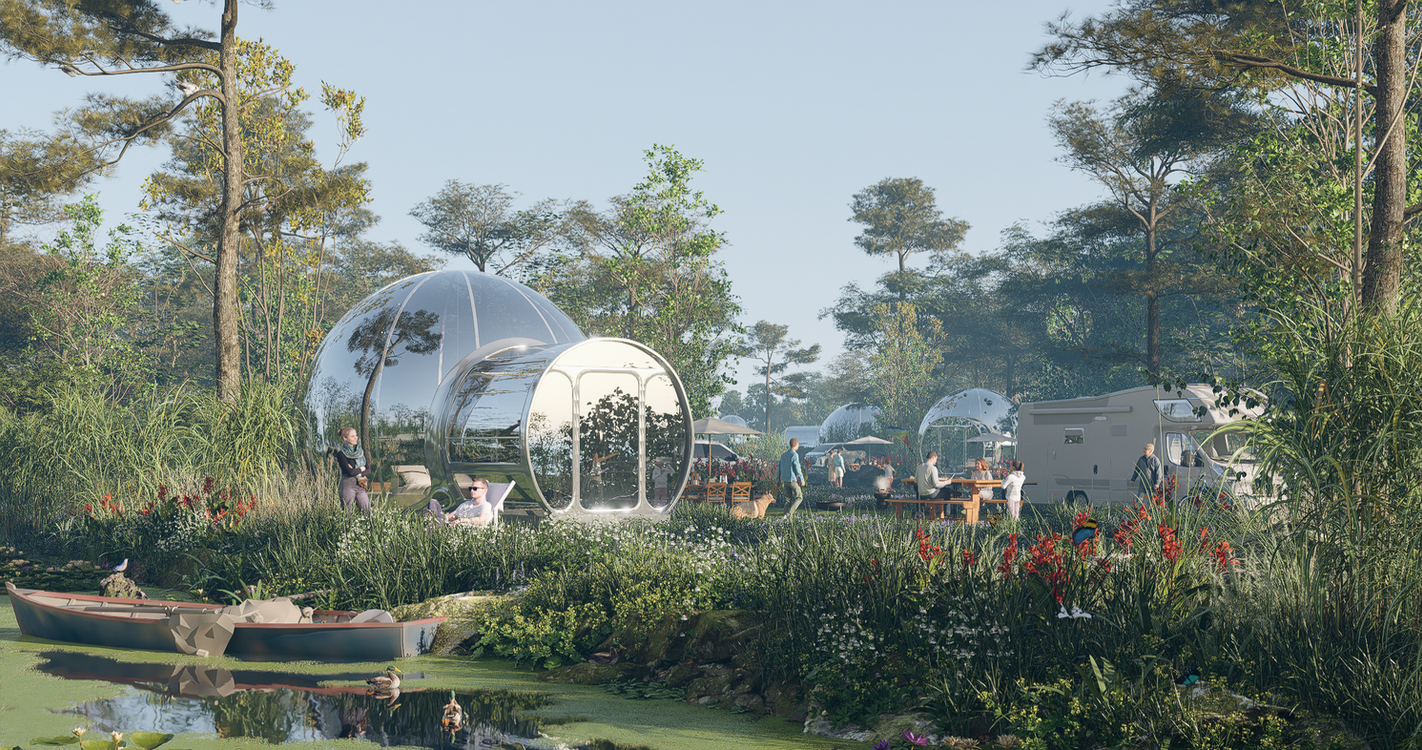

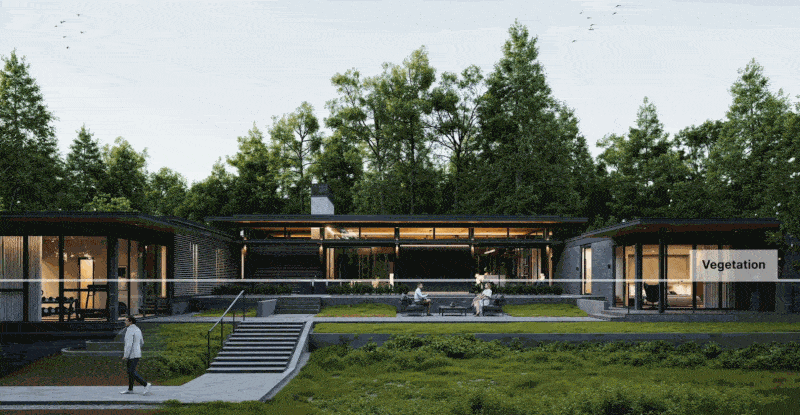
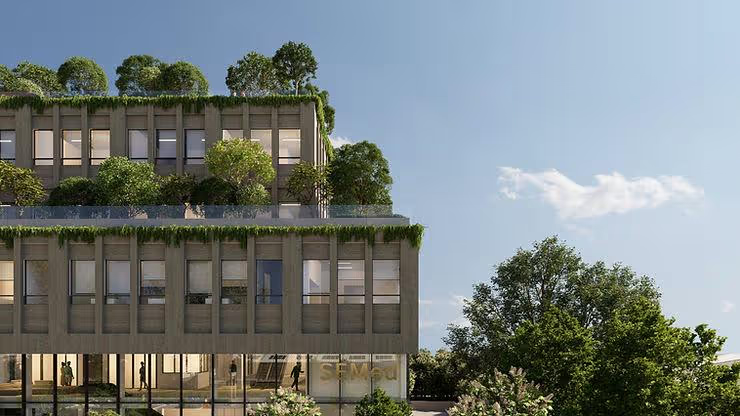

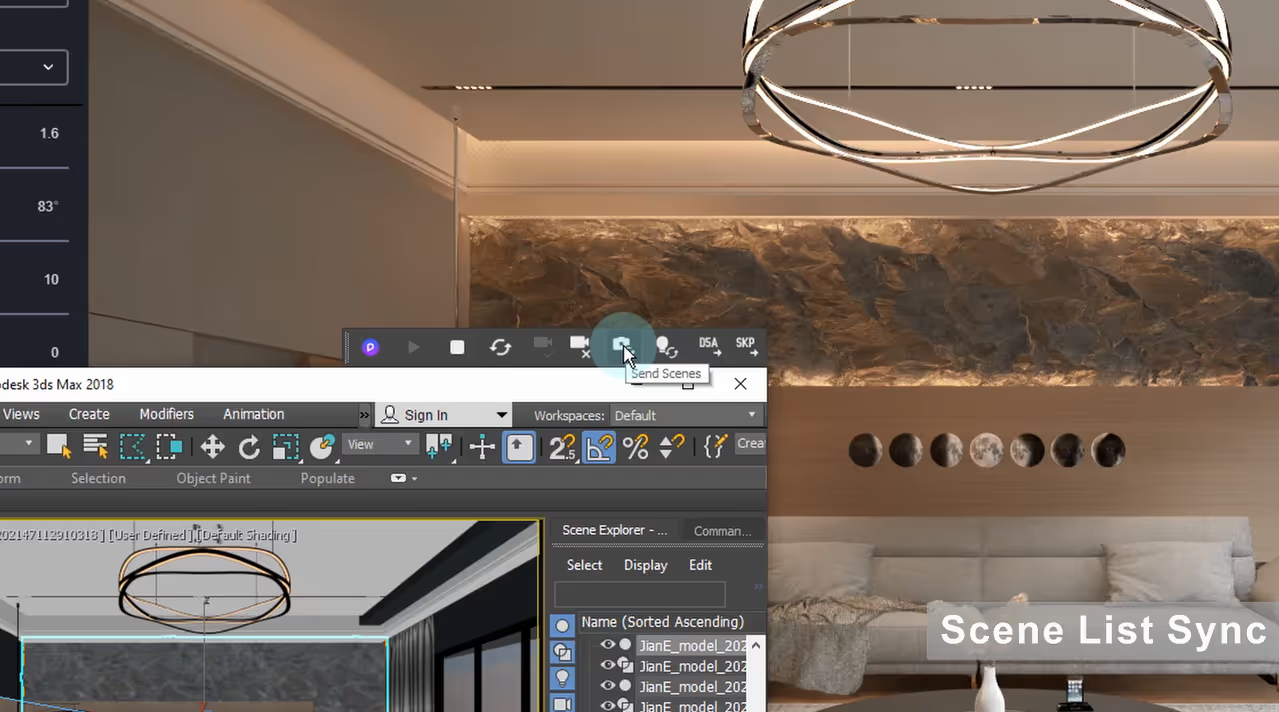


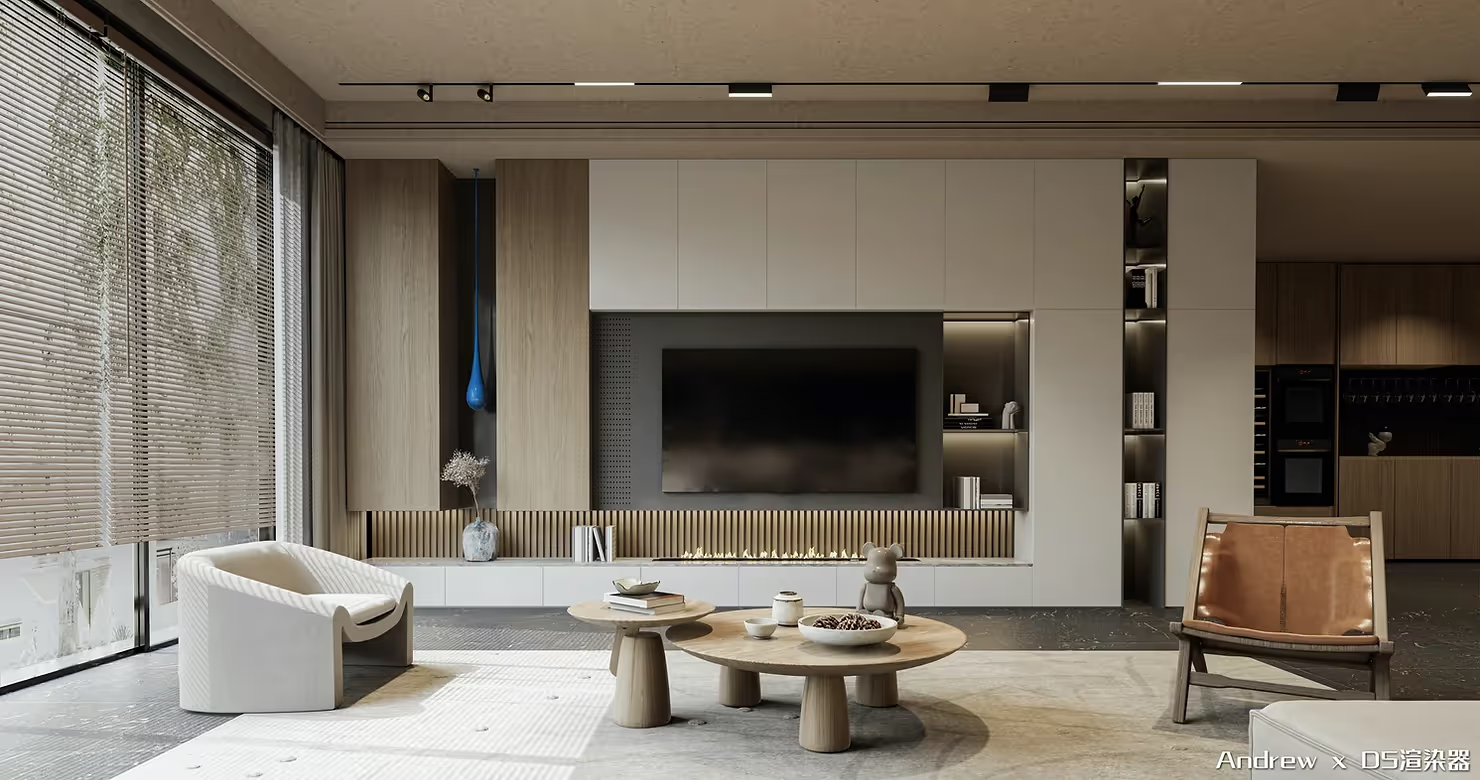
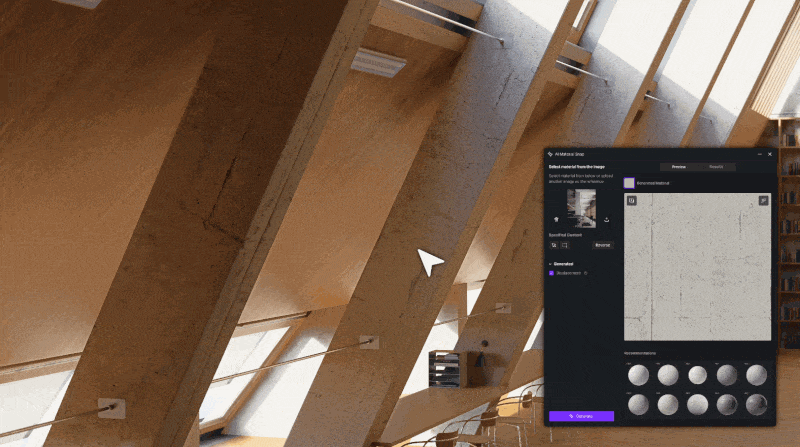
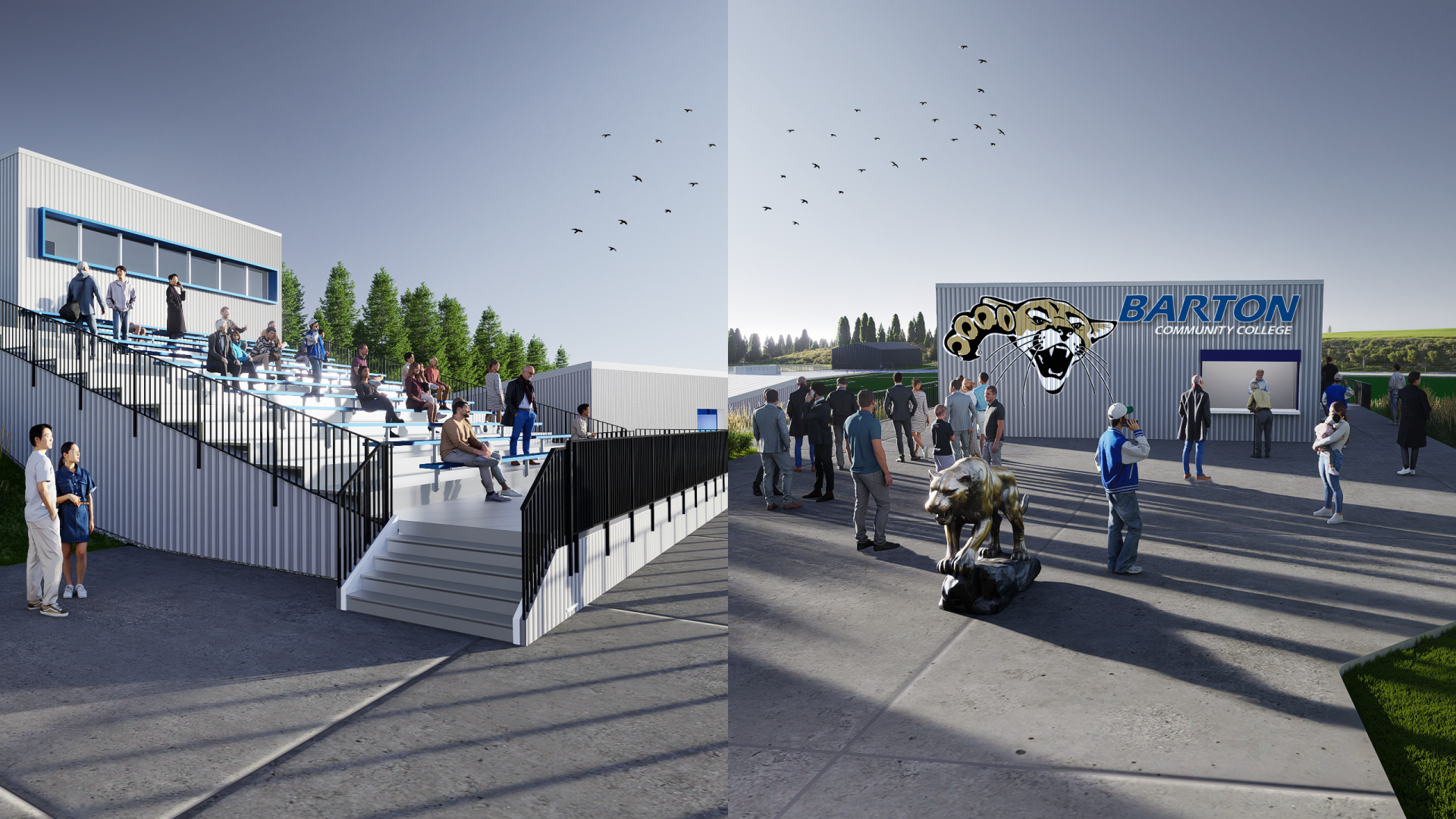
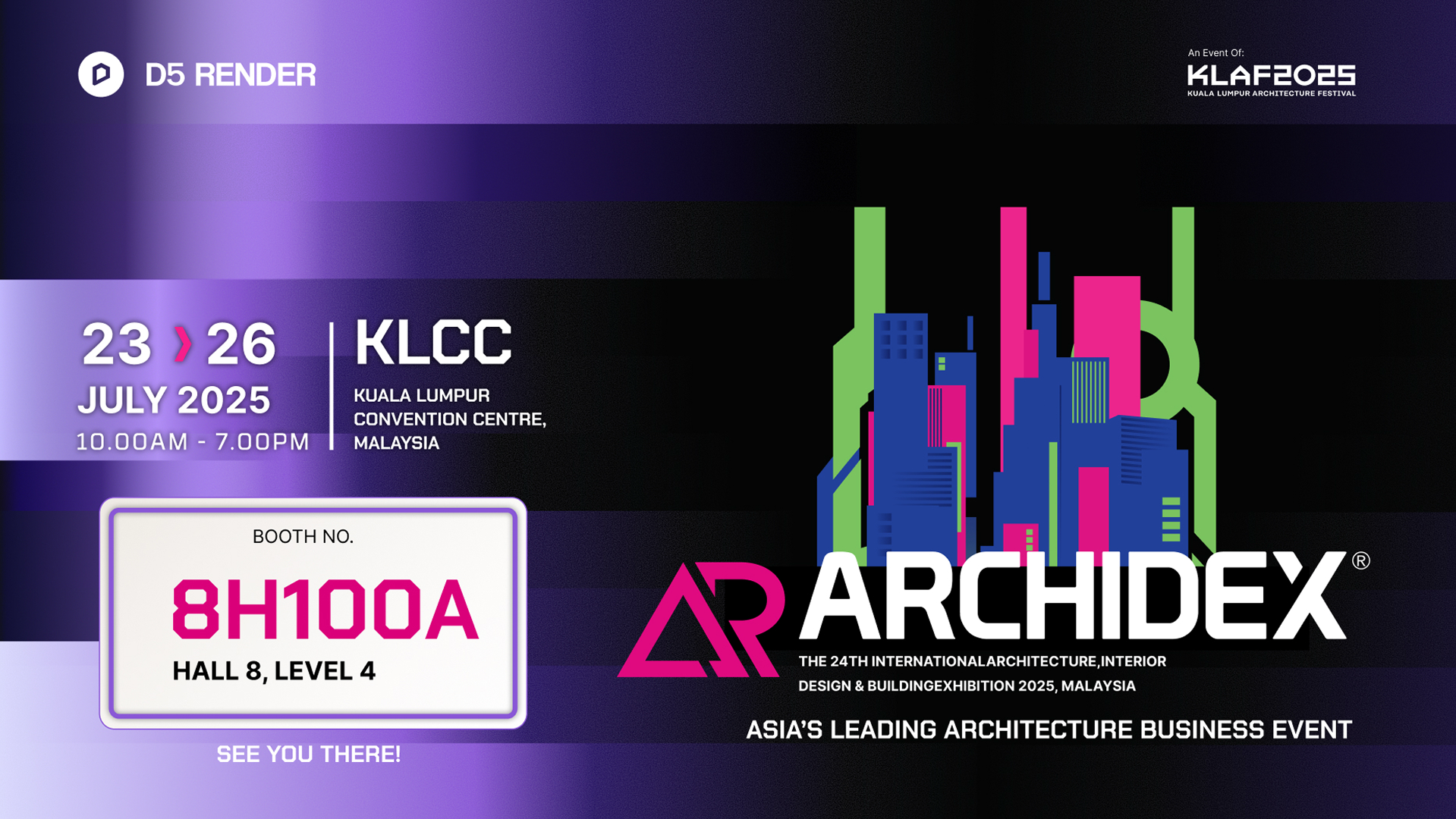
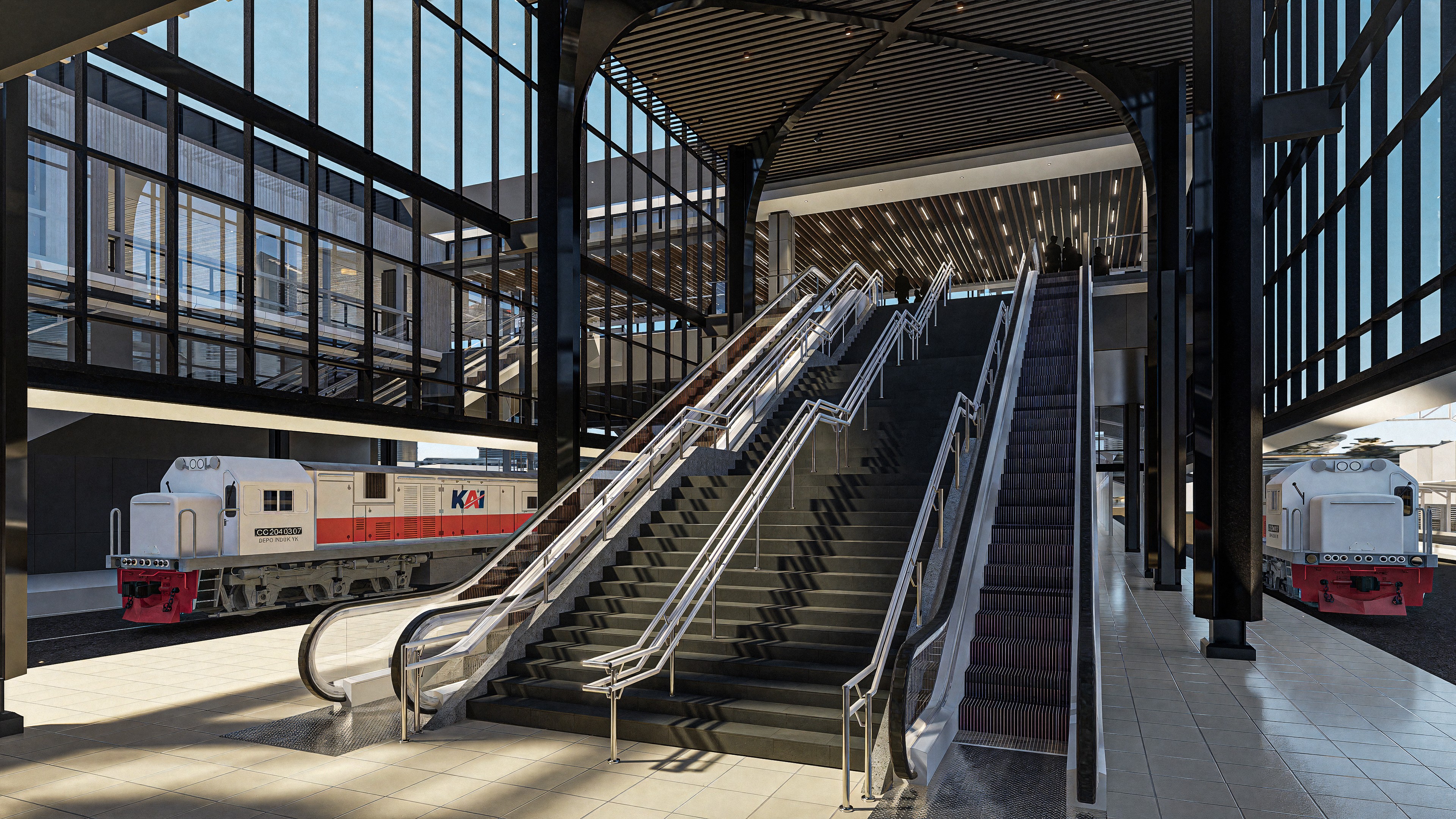
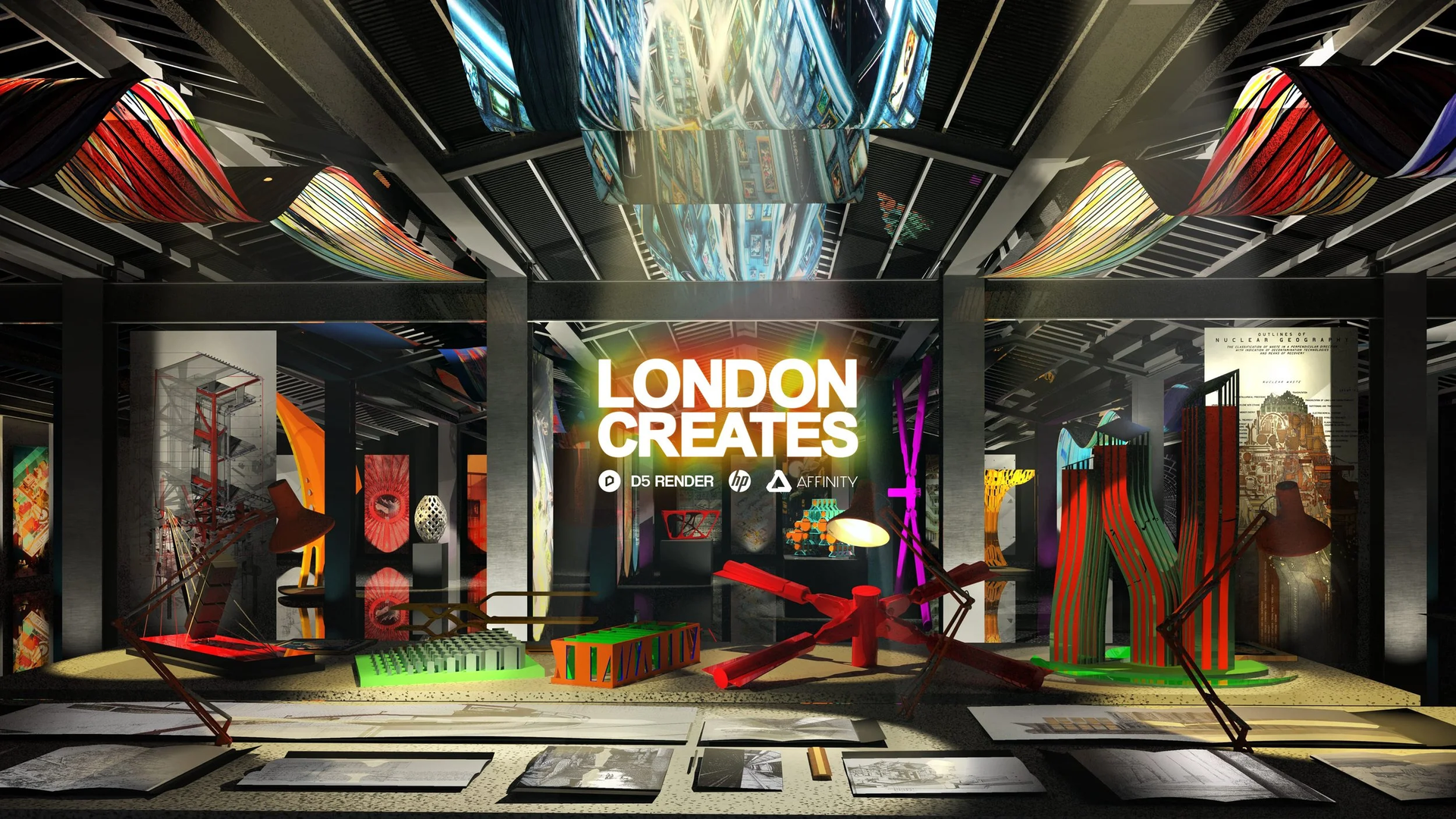
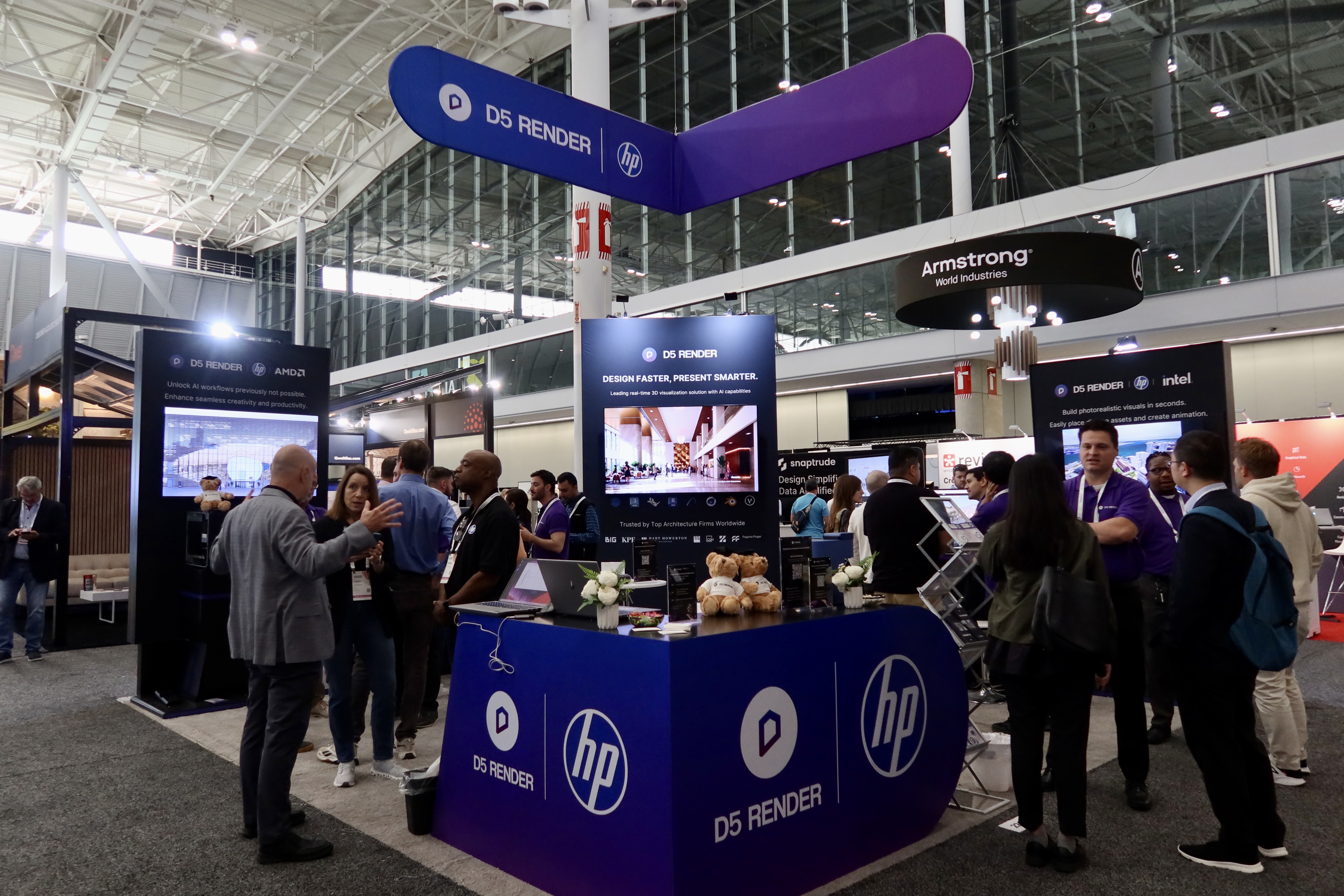


.png)
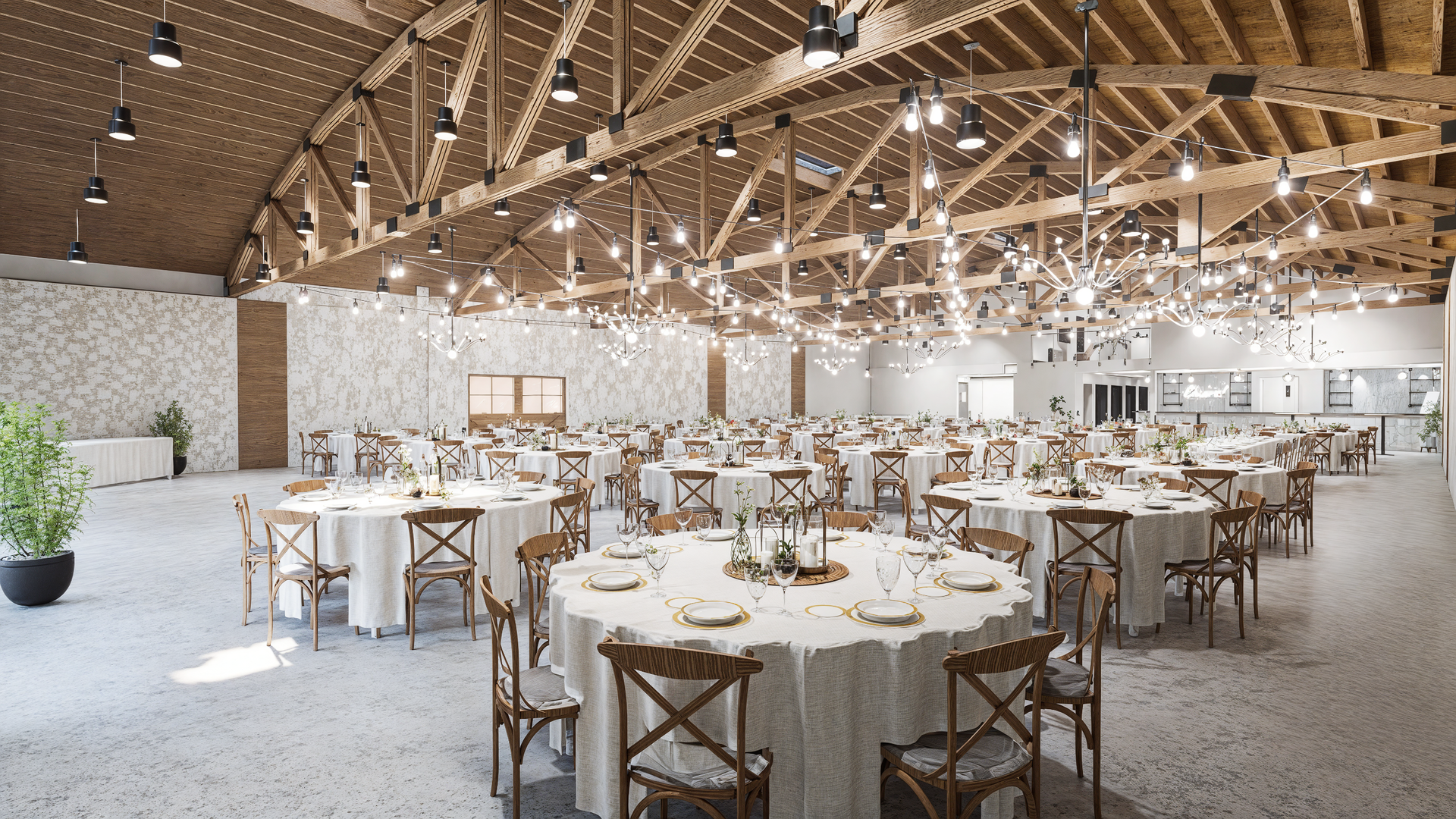
.png)
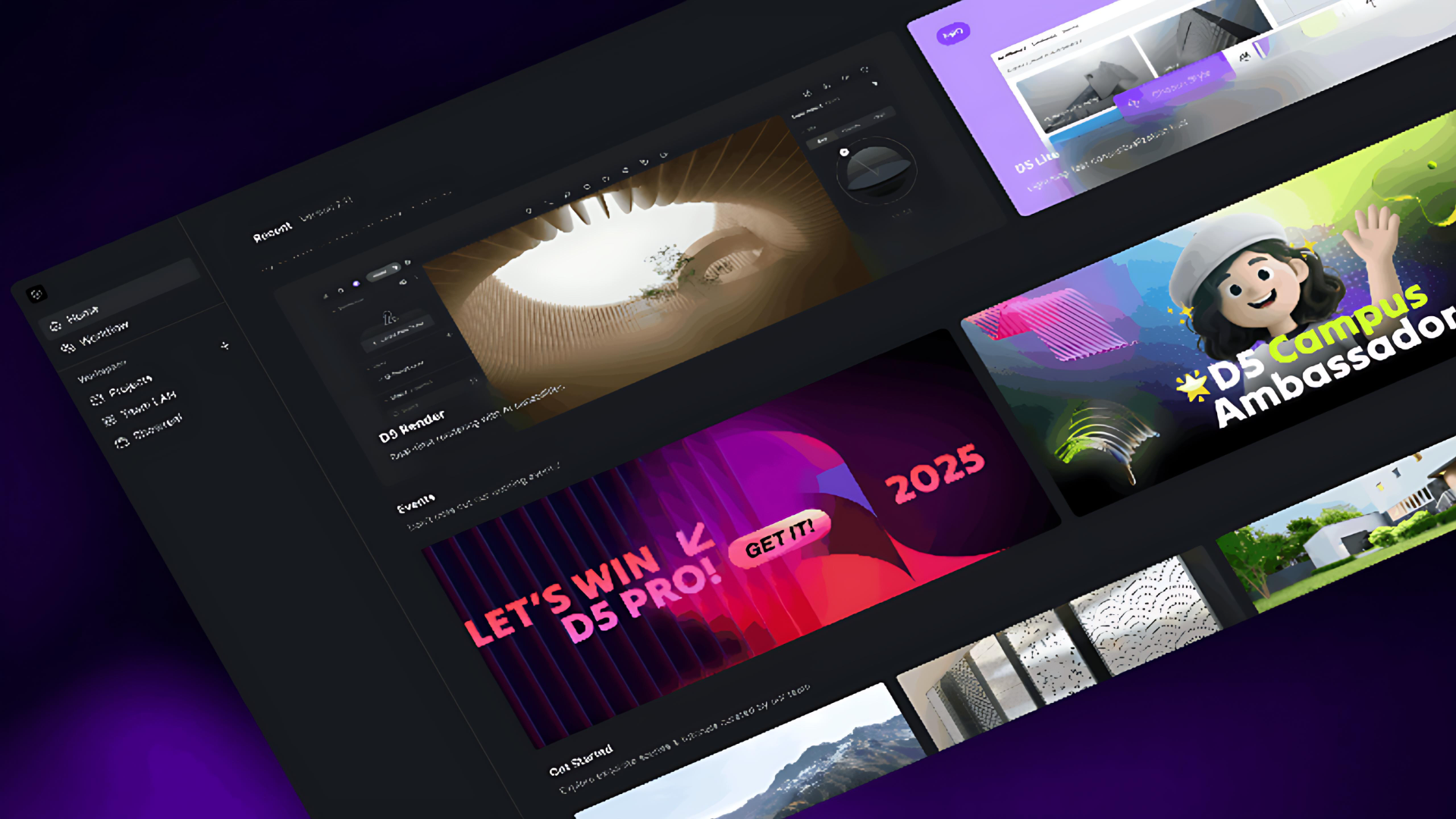
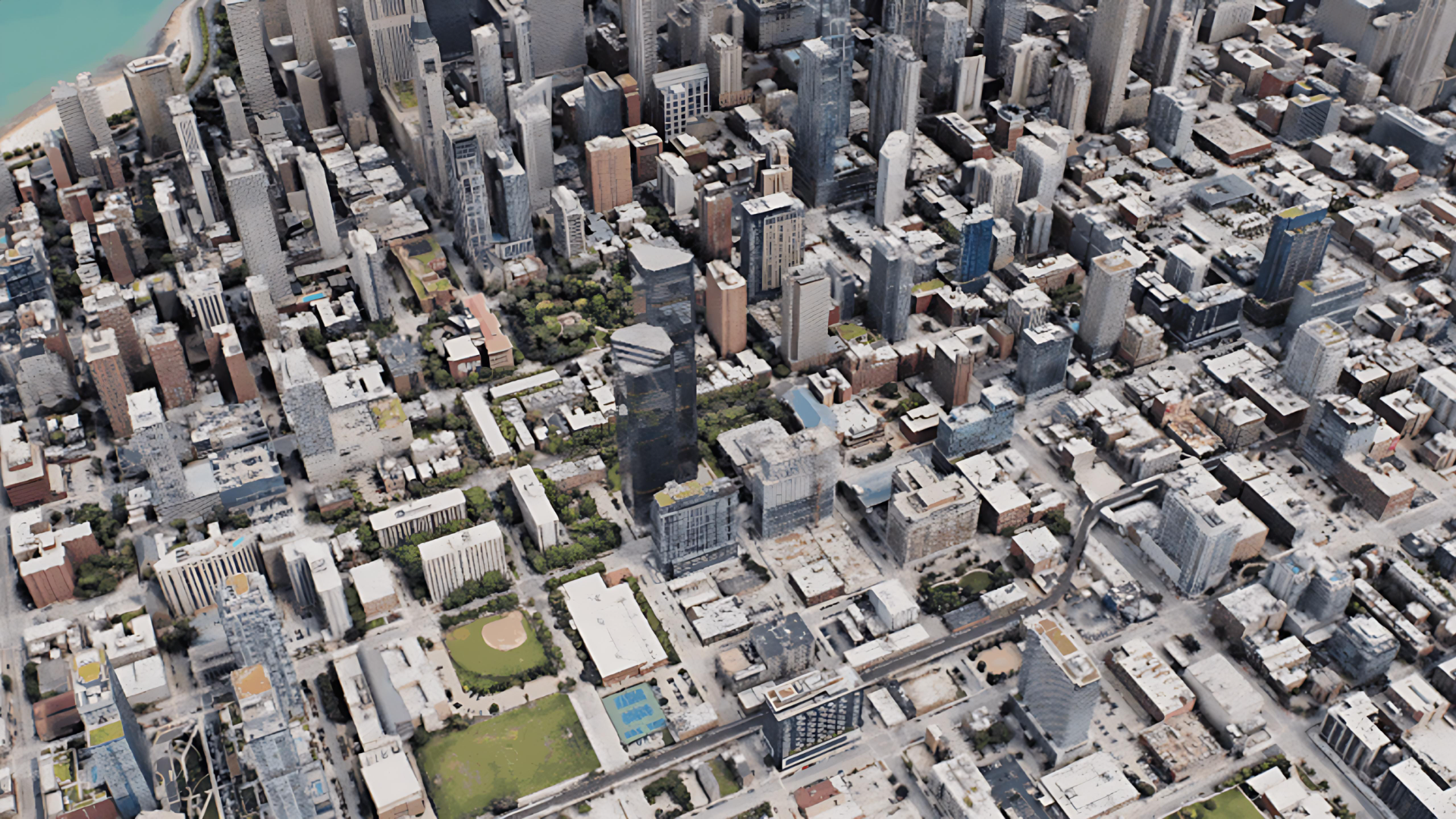
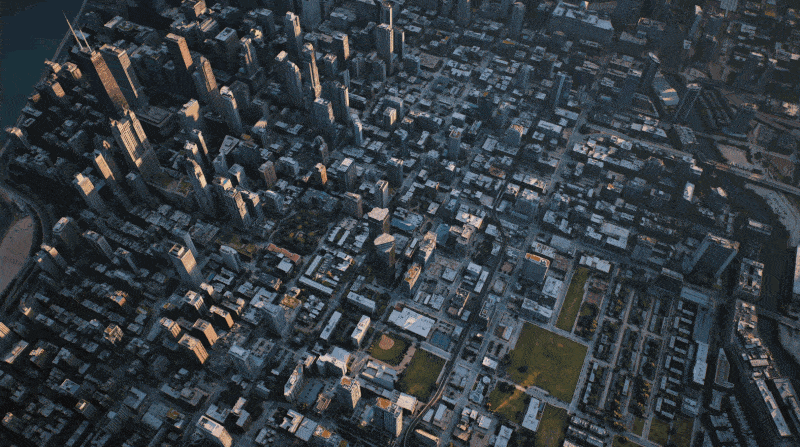
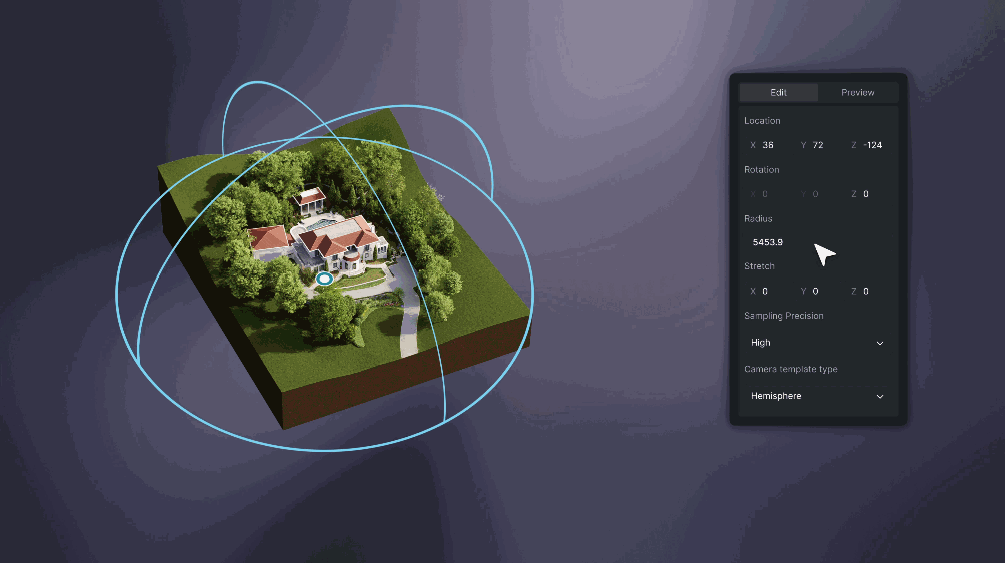
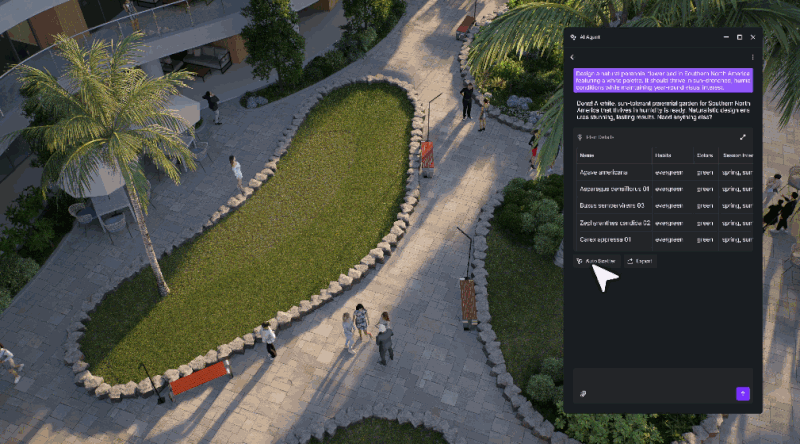
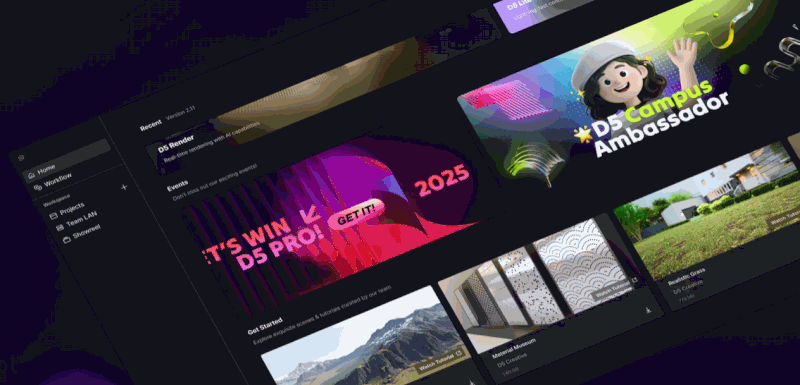


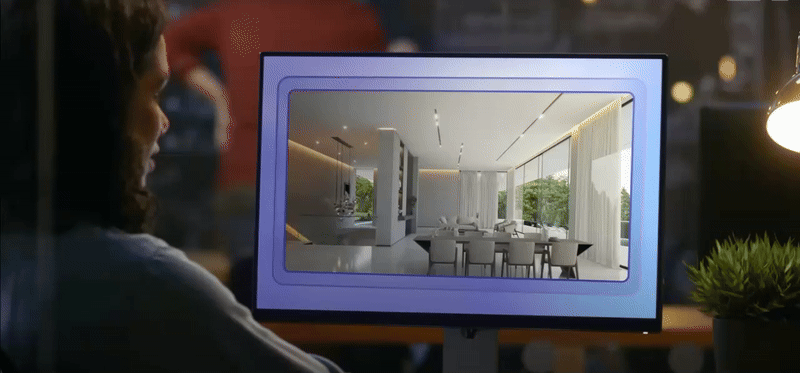








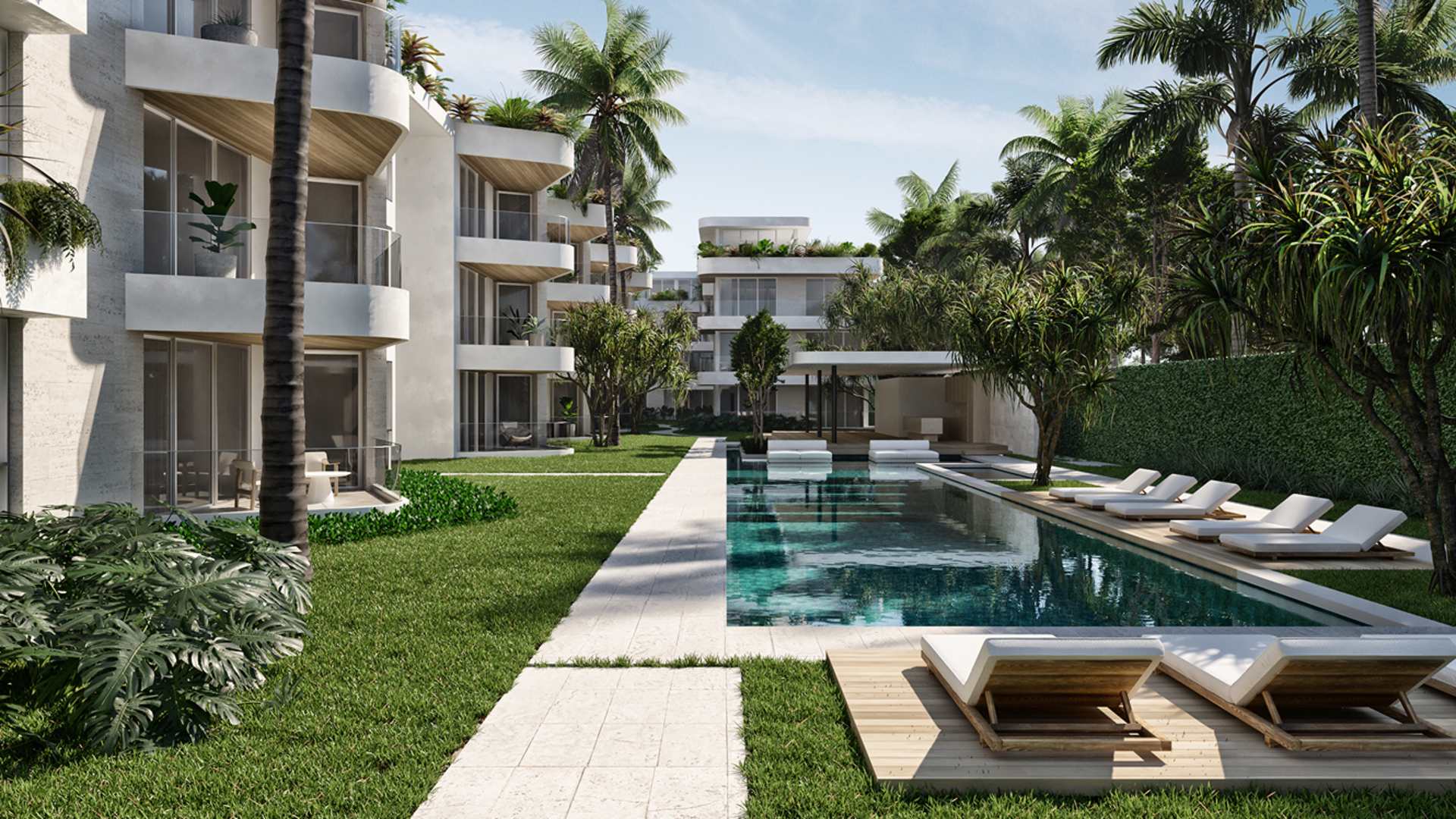






.png)

